|
The historic San Felice Wine Estate is located in the heart of Chianti Classico in the commune of Castelnuovo Berardenga in Tuscany, Italy. The estate covers an area of more than 650 hectares. There are 150 hectares of wine vineyards, 80% of which is devoted to Sangiovese, the heart of their production. Their presence extends to the prestigious terroirs of Montalcino and Bolgheri as well. San Felice has approximately 17,000 olive trees, experimental plantations, and a hotel complex. Known for its innovation and research to rejuvenate and preserve nearly extinct ancient Tuscan grape varieties, San Felice has launched its new Vitiarium Collection. Vitiarium is a botanical Latin word, when translated to English, means “a nursery for vines - a work in progress." To quote San Felice, “This new line marks the beginning of a fresh chapter in a legacy that continues to evolve, accelerating the trajectory of this true icon of Tuscan wine. This journey now takes on a new identity: Vitiarium, a name that speaks to deep roots—those reaching back to the early 1980s, when ancient native grape varieties, nearly lost to time, were rediscovered and revived. The idea of preserving a forgotten heritage gave rise to an experimental vineyard dedicated to safeguarding Tuscan viticultural biodiversity, from which this new line draws its name. The collection includes Borgo Chianti Classico DOCG, Pugnitello Toscana IGT, In Avane Toscana IGT (a white wine), and La Pieve Chianti Classico DOCG Gran Selezione—each an authentic expression of a land where tradition and innovation meet.” Over the past several years, I have tasted and reviewed a selection of San Felice wines from their three Tuscan estates. They are all noteworthy wines, as are the following four new labels from the Vitiarium Collection. In Avane Chardonnay Toscana IGT 2023 The name “In Avane” comes from “Avenal,” the Etruscan name of the area, which encloses a trace of the ancient culture present in the territory of San Felice. The grapes for this Chardonnay are hand-harvested from the San Felice vineyard and fermented mostly in stainless steel and partly in oak barrels. It is then bottle-aged for a few months. Nose: Beautiful floral and citrus aromas with a slight hint of vanilla. Palate: White peaches, fresh acidity, and a surprisingly long finish with citrus and melon teasing the palate. Alcohol: 12.5% SRP: $33 Pairing suggestions: Enjoy as an aperitif or serve with appetizers, salads, seafood, and grilled chicken. Borgo Chianti Classico DOCG 2022 San Felice said, “Chianti Classico with a character that embodies the soul of San Felice. Sangiovese and Pugnitello come together to create a fragrant and vibrant wine, a faithful and authentic representation of our distinctive terroir.” The blend is primarily Sangiovese with a bit of Pugnitello. Grapes were vinified separately in stainless steel for two weeks and then aged for about 12 months in large Slavonian oak barrels before bottling. Nose: Floral notes, fresh dark fruit, berries, baking spice, and a touch of earth. Palate: Aromas spill onto the palate with cherry and forest floor. Spice and earth linger on the finish. Balanced, smooth and juicy! Alcohol: 13.5% SRP: $33 Pairing suggestions: Grilled meat, seared tuna, mushroom risotto, pizza, or hearty soups and stews. La Pieve Chianti Classico Gran Selezione DOCG 2021 From San Felice, “La Pieve Gran Selezione expresses the essence of San Felice's Chianti Classico. The Sangiovese, harvested from the finest company vineyards and vinified with care, produces a wine that represents the highest expression of the terroir. This is in line with San Felice's production philosophy, which has always sought to interpret the land through native grape varieties.” The predominant grape for this wine is Sangiovese, along with other native grapes. Fermentation occurs in steel tanks for 22 days, then malolactic fermentation and aging in wood for 24 months. It is bottle-aged for eight months before release. Nose: Floral notes of violet, dense red fruit, dark cherry, baking spice, anise, and cherry tobacco. Palate: Well-structured and silky smooth with aromas segueing onto the palate with dark cherry, vanilla, and hints of licorice lingering on a long finish. Alcohol: 14% SRP: $50 Pairing suggestions: Enjoy with a charcuterie board, roasted meats, stews, game, and Pappardelle al Cinghiale. Pugnitello Toscana IGT 2021 From San Felice, “Pugnitello is an ancient Tuscan native grape variety, whose name (little fist) refers to the shape of its cluster. Following its rediscovery, it has been researched in collaboration with the universities of Florence and Pisa in San Felice’s experimental vineyard. This wine is the fruit of 20 years of study and experimentation focused on saving native Tuscan grapes from extinction. Pugnitello is noteworthy for its distinctive characteristics, smoothness, and full-bodied concentration.” This 100% Pugnitello was fermented on the skins for 20 to 25 days, followed by malolactic fermentation, and then aged for 18 to 20 months in French oak barriques, followed by eight months of bottle aging. Nose: Jammy-rich fruit and lots of baking spice, especially cinnamon and clove. Earthy with deeper notes of dark berries and plum.
Palate: Beautifully rich, fruity, and smooth, with a sweet and savory dance. Perfectly balanced and well-structured. Hints of cherry, plum, cocoa, cedar, and smokey notes do a sexy tango on the palate. Run, don’t walk to scoop this one up. Alcohol: 13.5% SRP: $69 Pairing suggestions: Roasted and seared meats, hearty stews, game, fowl, and mushroom risotto. With Memorial Day weekend in full swing, these wines will pair with beach sunsets, BBQs, outdoor and indoor dinners, or relaxing with a good book or movie. And, of course, they are perfect to sip all year long! Until next time, Cheers! Penina To leave a comment or if you have an inquiry, please contact me at [email protected] Spring is in full swing, with flowers blooming against a background of vibrant green foliage bursting from trees. Birds are nesting, and butterflies are reaping the benefits of sweet floral nectar. It is the season of renewal and the promise of new beginnings. With warmer weather upon us, I believe we are all ready to embrace the outdoors. I certainly am! As most of my readers know, what type of wine I drink is not dictated by the weather, but what my palate is in the mood for. Billy Joel’s lyrics from the song “Scenes From An Italian Restaurant” ring true for me. “A bottle of white, a bottle of red Perhaps a bottle of rose instead” “A bottle of red, a bottle of white It all depends upon your appetite” So, with that in mind, here is a sampling of four wines I received, which will please your palate and pair well with spring, and all year round! Domaine Bousquet Reserve Organic Chardonnay 2023 Domaine Bousquet is no stranger to my website. I have reviewed and thoroughly enjoyed all of their wines throughout the years. This family-owned estate is in the Gualtallary Valley, high up in the Tupungato district of the Uco Valley in Argentina’s Mendoza region. This 100% Chardonnay comes from certified organic estate fruit and is hand-harvested from low-yield vineyards located at the foot of the Andes at an elevation of 4000 plus feet. 50% of the wine is fermented in oak for 15 days, and the other 50% in tanks. The wine is aged for six months in 3rd use French oak barrels on the lees for a Burgundian style. Nose: Lovely floral and tropical notes, with apples, lime, freshly baked bread, and a hint of vanilla. Palate: Creamy mouth-feel with beautiful acidity, oak aromas transcend on the palate with pear and tropical notes of pineapple and pink grapefruit. Oak and acidity persist on a long and delicious finish. Alcohol: 13.5% SRP: $18 Pairing suggestions: Enjoy as an aperitif or with seafood, salads, cream-based pasta, mushroom risotto, or cheese. Herzog Lineage Pinot Noir Clarksburg 2023 Herzog Wine Cellars has a long family history of winemaking that spans nine generations. From Europe to New York to the vineyards of California, the Herzog family gave rise to the American kosher wine industry, including premium kosher winemaking in California. Today they have eight brands of wine, one of which is the Lineage brand. This 100% Pinot Noir is harvested from vineyards in Clarksburg, CA. Try as I might, I could not find any technical data or the aging process of this wine. Nose: Cherries, pomegranate, cocoa, and baking spice. Palate: Silky mouth-feel with cherries, strawberry, earthy, and a hint of baking spice lingering on the finish. Alcohol: 13% SRP: $20 Pairing suggestions: Roasted leg of lamb, duck with cherry glaze, grilled portobello burgers, or seared tuna. Attems Pinot Grigio Ramato Friuli DOC This wine is produced by Attems, a historic estate located in Friuli, in northeast Italy. In 2000, the estate was sold to the Marchese Vittorio Frescobaldi. Pinot Grigio, aka Pinot Gris, is a white wine grape that thrives in a cool climate. The vineyards for this grape are situated in the middle area of the property, known as “manine” or “little hands” which is a primarily flat area set between Collio and Isonzo. This 100% Pinot Grigio gets its coppery/coral color from slight contact of about ten hours with the purple skins before pressing and fermenting. Following fermentation, the wine rested for four months on noble lees. Nose: White fruit, melon, cherry, citrus, and wildflowers. Palate: Crisp fruit with nice acidity, pink grapefruit, melon, cherry pie, and minerality lingering on the finish. I love the dance between tart and juicy. Alcohol: 12.5% SRP: $20 Pairing suggestions: Seafood, goat cheese wrapped in prosciutto, cream-based pasta, grilled veggies, or enjoy as an aperitif. Darom by Yatir Cabernet Sauvignon 2023 Yatir Winery, founded in 2000, is located at the southern tip of the Judean Hills, and built at the foot of the Israelite Tel Arad Fort (an archeological site) in the heart of the Negev desert. The vineyards of the Yatir Forest are just 10 minutes away. Vineyards are planted at an altitude of up to 900 meters above sea level and are dispersed throughout different locations in the forest, each with its own distinct feature. The dry desert climate and cool nights contribute to producing exceptional wine grapes. The grape blend for this wine is 85% Cabernet Sauvignon, 10% Petit Syrah, and 5% Shiraz. Grapes are hand-harvested; the wine is aged for eight months in small oak barrels. Nose: Dark fruit, cherry, baking spice, forest floor, and a hint of violet.
Palate: Rich and fruit-forward with lots of berries, cherry, spice, earthy, and slate. Alcohol: 13% SRP: $35 Pairing suggestions: Prime ribs, Mediterranean cuisine, risotto, and chocolate desserts. Whatever the season, occasion, or “just because” moment, these wines are price-approachable, and your palate will thank you! “A bottle of red, and a bottle of white Whatever kind of mood you're in tonight” Billy Joel Until next time… Cheers! Penina To leave a comment or if you have an inquiry, please contact me at [email protected] Imagine grand châteaux, wine vineyards, limestone cliffs, intriguing caves, the Morvan National Park, Forest des Bertranges, picturesque rivers and canals, and you have arrived in Bourgogne, aka Burgundy. To begin, Bourgogne is the French name for Burgundy. According to the Bourgogne Wines Board, “To re-affirm its identity as one of the most iconic vineyards of France, the region and its producers are reverting to the original French iteration of its name - Bourgogne. By maintaining this one identity, Bourgogne returns to its historical roots as the consummate brand treasured by consumers the world over.” Located in the east-central part of France with over 74,000 acres of vineyards, Bourgogne is recognized worldwide and is considered the classic region for growing and producing Chardonnay and Pinot Noir. The region is made up of five major growing areas each with its own unique climate and soil as represented on the map below. Chablis is to the north with a cool continental climate and as we move south the climate is predominantly moderate continental. The soil types vary and can change significantly over small areas due to small geological faults, combined with gradual erosion. It is important to note that limestone is the primary soil that influences the character and quality of Bourgogne wines in addition to the microclimate and grape variety. Bourgogne has a very complex and quite comprehensive classification system. There are 84 Appellations d’Origine Contrôlée (AOCs) throughout Bourgogne and four levels (classifications) of wine within the region starting with Regional, Village/Communal, Premier Cru and ending with Grand Cru. The regulations become stricter and pricing increases as you advance up the levels. Within the Bourgogne AOC, the Régionale appellations have their own geographic denominations with one of them being DGC (dénomination géographique complémentaire.) DGC wines have more restrictive production conditions than those of Régionale appellations without a denomination. There are 14 DGCs of the Bourgogne appellation with their own levels as well. Did I mention a complex system? Are you confused yet? I certainly am! So, let’s move on and dive into four wines representing the Bourgogne DGC appellation. Domaine Olivier Morin Bourgogne Chitry Blanc Constance 2017 Domaine Olivier Morin is located in the medieval town of Chitry-le-Fort, which is just a few miles from Chablis. This six-acre estate is part of the Bourgogne Chitry AOC appellation. Chalky, Kimmeridgian limestone soil dominates the vineyards mirroring the terroir of Chablis with vines ranging from 10 to 25 years old. This unoaked 100% Chardonnay is dry, light and refreshing. It was aged for one year in stainless steel tanks and bottled unfiltered. This wine has a pale straw color with a slightly green hue. A lovely bouquet of floral, citrus and minerality lead to green apple, white flowers and citrus on the palate. Bright acidity, minerality and a burst of lime zest on the finish give this wine a lot of character. Serve as an aperitif or with seafood and light pasta dishes. Alcohol: 12.5% SRP: $21 Olivier Merlin Mâcon Blanc La Roche Vineuse 2016 Domaine Merlin is located in the village of La Roche-Vineuse at the foot of the Mâconnaise rocks in southern Burgundy. Mâconnaise wine region is about 150 miles south of Chablis and is warmer than the rest of Burgundy. The wines tend to be fuller and the fruit riper. Grapes for this wine were hand-harvested from vines growing in clay limestone of the Quaternary (soil dating back millions of years ago during the Jurassic period). This wine is 100% Chardonnay and was aged for 15 months. Ten percent was aged in older Burgundian barrels and the rest aged in stainless steel tanks. The wine was slightly filtered before bottling. The color of the wine is soft yellow with intriguing aromas of floral mixed with minerality and exotic fruit. This is a dry, crisp wine that is loaded with treats for the palate. It is fresh and juicy with white peach, pineapple, citrus, a trace of fennel and a lengthy candy apple finish. Serve as an aperitif or pair with seafood, grilled veggies and light pasta. Alcohol: 13% SRP: $23 Dominique Cornin Mâcon Chaintré 2016 Cornin Vignerons is located in the Mâcon Chaintré appellation. The grapes for this wine were hand-harvested and organically farmed from different plots situated at the foothills of Chaintré. Vines were planted between 1968-1985 in soil of clay limestone beaded with fluvial pebbles. This wine was aged in vats on fine lees for 11 months. This is 100% Chardonnay with a light yellow color. Notes of acacia, citrus and melon on the nose segue onto the palate with honeydew melon, apple and a trace of anise. This wine is a delightful dance on the palate and beautifully balanced between acidity and alcohol. I am including the winemaker’s description because it is so poetic! “We bite into a Chaintré like a green apple, using all our teeth! It is juicy and refreshing. We bite and we are bitten by its charm, put under a spell by its exuberant nose and dashing white flower, fresh fruit and citrus zest aromas. A glass of Chaintré in hand is a flower on a lapel, a crisp water colour, it’s spring weather that warms life. A glass of happiness, carefree and hopeful…” Drink as an aperitif or serve with light fare. Alcohol: 13% SRP: $25 Vigneron de Buxy Bourgogne Côte Chalonnaise Buissonnier Rouge 2015 Cave des Vigneron de Buxy is a collective initiative comprised of 120 winegrowers and family farms. They are located in the Bourgogne Côte Chalonnaise regional appellation. The boundaries extend from Montagny in the south up to Chagny in the north, ending just south of Côte d’Or. The grapes for this wine were selected from plots located in the middle of hillsides with shallow soils of clay and limestone with very stony grounds. Vinification takes place in stainless steel vats and then in casks or oak casks. Duration of aging in wood is dependent on the vintage. This is 100% Pinot Noir with a dark ruby color bordering on brick. Succulent aromas of berries, cherry and spice spill onto the palate with bursts of dark cherry, rich and jammy fruit, spice and earth followed by a finale of pepper and vanilla. It is a perfect balance between the acidity and soft tannins. Pair with game, meat, grilled tuna and veggies.
Alcohol: 13% SRP: $16.99 These are considered entry-level wines, but they are complex, refined and quite enticing. And they undeniably represent the terroir of Bourgogne. It just goes to show you that one doesn’t have to spend a fortune to indulge in the wines of Bourgogne! Until next time… Cheers! Penina To leave a comment or if you have an inquiry, please contact me at [email protected] Yes, I’m writing about wines from Portugal again. Let’s face it, many great wines are being produced in this country and the price to value ratio is impressive. With fourteen diverse regional wine areas and 250 indigenous grape varieties grown here, there is a lot to offer. Esporão is a cutting edge winery with a presence throughout Portugal. I’ve tasted and reviewed their wines before but felt inspired to write a touch more about this winery after tasting a few more samples of their wines and olive oil that were sent to me recently. To read more detail about the wine regions of Portugal and past wine reviews, please click on the Categories menu at right. Esporão has approximately 700 hectares of prime agricultural areas that include wine vineyards, olive groves and other crops planted in the Alentejo and Douro wine regions of Portugal. The Herdade do Esporão estate is in the Alentejo region and Quinta dos Murças property is in the Douro region. Herdade do Esporão has 450 hectares of vineyards with 194 grape varieties planted on the estate of which 40 grape varieties are in full production. In addition to the wine vineyards, there are four types of olive trees in the 80-hectare olive groves along with orchards and kitchen gardens. All farming uses organic methods and integrated production. Quinta dos Murças is located in the heart of the Douro DOC region amid 8 diverse terroirs distinguished by different altitudes, varied schist soils and sun exposures. This estate was the first to plant vertical vineyards in the Douro region in 1947. The property has 48 hectares of wine vineyards, an olive grove, orange grove and almond trees. All agricultural production here employs organic production methods. Esporão Reserva White 2017 DOC Alentejo is considered the flagship wine of the Esporão Alentejo estate. Grapes are harvested from 18-year-old grapevines in certified organic vineyards with soil of granite/schist base and loam/clay structure. This wine is a blend of 20% Antão Vaz, 40% Arinto and 40% Roupeiro grapes. It is aged for 6 months in stainless steel tanks and in new American and French oak barrels. A color of golden yellow leads to aromas of floral, grapefruit, white stone fruit, vanilla and a hint of banana. The palate is layered with stone fruit, apple, pineapple, and a touch of spice, toast and minerality. This is a rich wine with a creamy texture and just the right amount of acidity. Citrus zest on a lengthy finish adds a refreshing touch. Serve as an aperitif or with light fare. Alcohol: 14.5% SRP: $20 Esporão Colheita Red 2017 is a blend of Touriga Nacional, Cabernet Sauvignon and Arargonez grapes that were harvested from 11-year-old vines in certified organic vineyards. Vines are grown in soil of granite/schist base and loam/clay structure. This wine was aged for 6 months in tulip-shaped porous tanks that aim to preserve the wine’s character. Fresh berries, plum, spice and a hint of floral greet the nose of this vibrant ruby colored wine. This is an elegant and balanced wine that is full-bodied and rich in flavor. Cherry, plum, dark berries, spice and a touch of anise and earth grace the palate. A bit of pepper and dark plum linger on the finish. Serve with grilled meat, fowl and pasta. Alcohol: 14% SRP: $18 Quinta dos Murças Minas Red 2016 DOC Douro is a blend of Touriga Franca, Touriga Nacional, Tinta Roriz, Tinto Cão and Tinta Francisca. The vineyards are located at altitudes between 360 ft. and 985 ft. with schist soil and vines ranging from 8 years old to 32 years old. Aging took place in concrete vats and used French oak casks for 9 months. A deep ruby color leads to intense aromas of ripe berries, floral and spice. The palate offers lush dark berries, black cherry, spice and a hint of licorice. This is another elegant wine that is fresh and balanced with firm tannins and acidity. It is rich but not overpowering and will pair nicely with an array of meat, grilled tuna steaks and hearty stews. Alcohol: 13.5% SRP: $20 Esporão produces six varieties of olive oil. As stated on their website, “The production of Esporão’s olive oils comes from the will to apply the knowledge obtained in the production of wines into the production of high quality olive oils. Thus, we seek that our olive oils are the expression of their land, looking forward to enhance indigenous varieties. All oils, exclusively extra virgin or virgin, are produced using natural methods and entirely traditional processes, preserving the pure juice of the harvested olives.” Esporão Organic Olival dos Arrifes Extra Virgin Olive Oil is a blend of Cobrançosa and Arbequina green olives that are harvested from the Arrifes olive grove at Herdade do Esporão. The olive grove has been certified in Biological Production Mode since 2009. I poured a little of the olive oil into a shot glass. The color is golden yellow with a slight greenish hue. This is a very aromatic and flavorful olive oil. An inviting aroma of fruit, floral and spice segued onto the palate offering vegetal, (mainly artichoke) a hint of pepper and a slightly bitter and nutty finish. Drizzle it on fresh grilled vegetables. Quite yummy!
SRP: $16/250ml As I continue to explore the myriad of wines that Portugal has to offer, I will share my findings with you. In the meantime, try a glass of Esporão wine and share your thoughts with me! Until next time… Cheers! Penina To leave a comment or if you have an inquiry, please contact me at [email protected] Cariñena wine region is the largest and oldest of the Aragonese DOs (Denominación de Origen) located in the Ebro Valley of northern Spain. It is sited to the south of the Ebro River, which is the second-longest river in the Iberian Peninsula. Cariñena was awarded DO status in 1932 making it one of Spain’s earliest areas to be demarcated. However, its winemaking history dates back to before Roman times. In the 15th century, the wines from Cariñena were the top choice for King Ferdinand I of Aragon as well as Voltaire, the French philosopher. Cariñena is a native red wine grape that most likely has its origins in Cariñena. This grape is also known as Carginan in France. It is thought that this grape was transplanted from the northern region of Spain to other parts of the world. Cariñena and Garnacha are the major red grapes grown in this region with Garnacha being the most widely planted. The majority of the wines made here are from Garnacha grapes. Small quantities of other local and international red and white grapes are grown here as well. Many wine styles are produced in Cariñena such as dry white wines, oak-aged reds, rosés, sparkling, fortified and sweet wines. Most of the vineyards in Cariñena are located at altitudes between 1,300 to 2,600 feet with vines on average between 30 to 100 years old. Soil is mostly composed of slate, limestone over rock and alluvial soils. The climate is Continental with cold winters and hot summers. In addition to the dramatic day and night temperature variations, the dry and cold Cierzo wind helps to moderate the semiarid climate in the summer. All of this contributes to the characteristics and intensity of the grapes and also slows down the ripening process and helps to soften the tannins. Here are two samples of Cariñena wines. Bodegas Paniza Fábula Garnacha Rosada DO 2018 Bodegas Paniza is a cooperative with approximately 300 winegrowers, established in 1953. Most of the vineyards are located in the highest altitudes of Cariñena. This wine is 100% Garnacha. Grapes were handpicked from vineyards located at an altitude of 2,297 feet with soil comprised of schist, chalk, loams and red clay. An inviting vibrant coral pink color sets the stage for this easy-drinking wine. Aromas of strawberry, raspberry and floral segue onto the palate with a hint of lemon zest on the finish. This is a dry, light and refreshing wine with just the right amount of acidity. Serve with seafood, light pasta and salads. Alcohol: 13.5% SRP: $8.99 Bodegas San Valero Particular Chardonnay Fermentado En Barrica DO 2017 Bodegas San Valero is a cooperative established in 1944. There are approximately 700 growers with vineyards covering a 3,500 hectares area at an altitude between 400 and 800 meters. This wine is 100% Chardonnay. Grapes were handpicked from high altitude vineyards. This wine was aged in French oak barrels for three months with weekly stirring of the settled lees back into the wine. This process helps to extract flavor, aroma and texture. A soft yellow color with green hues gives way to a very aromatic wine filled with white flowers, fresh fruit and hints of sweet apple and hazelnut. Pear, pineapple, vanilla, floral and hints of toasted nuts add to the creamy mouthfeel and richness of this wine. Serve as an aperitif or with seafood, grilled white meat and appetizers.
Alcohol: 12.5% SRP: $10-$15 The above wines have whetted my palate and I’m ready to explore more wines from Cariñena! Are you? Until next time… Cheers! Penina To leave a comment or if you have an inquiry, please contact me at [email protected] With International Tempranillo Day arriving on November 8th, I can’t think of a better way to celebrate than with Bodegas LAN wines. The last time I opened a bottle of Bodegas LAN was this past spring. It was a Crianza 2010, a very juicy and expressive wine. So, I was quite happy when I received samples of LAN Crianza 2014 and LAN Reserva 2011. Tempranillo is a black grape variety indigenous to Spain. It is also Spain’s signature wine grape. The two major regions that grow Tempranillo in Spain are Rioja and Ribera del Duero. To recap from a previous story, Rioja wine region is located in North Central Spain, in a valley along the Ebro River. It is divided into three sub-regions: Rioja Baja, Rioja Alta and Rioja Alavesa. Bodegas LAN was founded in 1972 and is located in the town of Fuenmayor, bordering the Ebro River in the sub-region of Rioja Alta. The name “LAN” is an acronym using the initials of each of the three provinces that form the D.O.Ca in Rioja: Logroño, Alava and Navarra. To quote the winery, “LAN means respect for the history of this land”. The Viña Lanciano vineyard is comprised of 72 hectares in Rioja Alta and is protected from the wind and cold weather by the Sierra Cantabria Mountains which in turn generates a microclimate. The vineyard is divided into 24 plots of Tempranillo, Mazuelo, Graciano and Garnacha vines, with many of the vines averaging sixty years of age. The soil is diverse and made up of mostly limestone, clay and is very stony. Having deep respect for the earth and balance of nature, Bodegas LAN practices sustainable viticulture and refrains from the use of chemical fertilizers. Grapes are hand-harvested and individually selected by hand once they reach the winery to make sure that only the best clusters are chosen. Crianza is a Spanish wine classification indicating the wine is aged for a minimum of one year in oak barrels and a few months in bottle. Reserva classification indicates the wine is aged for a minimum of three years, of which at least one year must be in oak and the rest in bottle. Reserva is made from the best grapes of the harvest and is only made if the growing season was a good one. Bodegas LAN Rioja Crianza 2014 is a blend of 95% Tempranillo and 5% Mazuelo grapes selected from 10 to 20-year-old vines. The wine is aged for 14 months in hybrid barrels of American and French oak that have been incorporated into one barrel. The wine rests in the bottle for an additional nine months before release. The color is dark ruby with aromas of ripe fruit, red cherry, cranberry and hints of vanilla. The palate is layered with dark cherry, pomegranate, spice and toffee. It is well balanced and smooth. Pair with appetizers, grilled meat, poultry and pizza. Alcohol: 13.5% SRP: $12 Bodegas LAN Rioja Reserva 2011 is a blend of 92% Tempranillo and 8% Graciano grapes selected from 20 to 25-year old vines. The wine is aged in hybrid barrels of American oak staves and French oak heads for a minimum of 16 months, followed by 24 months in bottle. The color is dark ruby bordering on garnet. The nose offers red fruit, dark cherry, plum and sweet spice. The palate is juicy with red fruit, cranberry, spice, licorice, dried fruit and smoke. Hints of vanilla and spice linger on a long and silky finish. Serve with spicy cuisine, stews, hearty soups and hard cheese. Alcohol: 13.5% SRP: $15 Join me in the celebration on November 8th and pour yourself a glass of Rioja wine!
Until next time… Cheers! Penina To leave a comment or if you have an inquiry, please contact me at [email protected] With autumn fast approaching, my attention is turning to a more focused look at red wines and a heartier dining menu. However, as I’ve said many times before, I do enjoy white, rosé and sparkling wines all year long! Donald Hess is the founder of Hess Wines, a family-owned, fifth-generation company in Napa Valley, CA. In the 1970s, Donald made a business trip to Napa Valley and it was during this visit that he took an interest in mountain winegrowing. He learned that the Mount Veeder mountain vineyards were an ideal area for growing grapes which produce unique character and flavor due to the microclimate and soils. In 1978 Donald made his first land purchase on Mount Veeder, a property in which winemaking and farming go back as far as 1876. This property is now the site of the Hess Collection Winery. By 1982, Donald had acquired 900 acres and in 1986 he opened the Hess Collection Winery to the public. Dave Guffy became Director of Winemaking in 1999 and Donald formally retired in 2011, passing on the baton to Timothy Persson as CEO and fifth generation of the Hess family. Hess Wines focuses on sustainable practices in the vineyard and winery. In addition to its mountain vineyards, Hess Wines has estate vineyards in areas such as Pope Valley and near the Carneros region of the Napa Valley. Hess Wines also produces wine in Argentina and South Africa. I recently received two bottles of Hess Select wines, made from grapes grown in the Central and North Coast of California. Hess Select Central Coast Pinot Noir 2016 is 100% Pinot Noir from the Santa Lucia Highlands region of the Central Coast. The wine is aged in neutral French oak, up to 12 months. The color is ruby with enticing aromas of sweet spice, cherry and strawberry. The palate is layered with red cherry, yellow plum, strawberry, pomegranate and allspice and finishes with a touch of pepper and vanilla. Smooth tannins and nice acidity make this a great wine to pair with fish, white meat, cheese and light pasta. Alcohol: 14% SRP: $20 Hess Select North Coast Cabernet Sauvignon 2015 is a blend of 79% Cabernet Sauvignon, 11% Petite Sirah, 4% Malbec, 2% Syrah, 2% Merlot and 2% Zinfandel. The grapes are harvested from the North Coast known for its mild Mediterranean climate and well-drained volcanic and gravelly soils. The wines are aged in 35% new French and American oak for 18 months. The wine color is dark ruby with juicy aromas of cherry, blackberry, spice and cocoa. The palate offers rich jammy flavors of dark cherry, plum, blackberry, spice and a touch of anise, vanilla and toast on the finish. This is a smooth and beautifully balanced wine. Pair with meats, stew, hearty soups, grilled veggies and an array of cheeses. Alcohol: 13.5% SRP: $19 Hess Wines has a wide range of wines to choose from. Visit their website for more information. https://www.hesscollection.com
Happy Wine Wednesday! Cheers! Penina To leave a comment or if you have an inquiry, please contact me at [email protected] This past weekend was a celebration of several events. Some friends were sipping mint juleps while watching the Kentucky Derby. Others were rejoicing with margaritas in honor of Cinco de Mayo. And then there were a few daring people celebrating World Naked Gardening Day. Hmmm…not going there. And I was popping open German Rieslings in between it all. Last summer I wrote about Weingut St. Urbans-Hof and their 2016 Urban Riesling. If you didn’t have a chance to read it, here is a quick recap. Nik Weis is the proprietor and winemaker at Weingut St. Urbans-Hof since 1997. Nik is third generation; his grandfather, Nicolaus Weis, founded the winery in 1947. The estate is named after St. Urban, the patron saint of vineyard workers and winemakers. It is located in the Mosel Valley, in an area called Leiwen. St. Urbans-Hof is considered one of Germany’s premier estates with 40 hectares of vineyards. Nik created ‘Urban’ a few years ago, using grapes sourced from nearby non-estate vineyards of excellent quality. The soils are sedimentary, giving the Urban Rieslings a unique and delicate balance of acidity, minerality and juicy sweetness. A small portion of grapes is harvested in the Wiltinger Schlangengraben, where the vines mature atop red slate in the singular Saar climate. The 2017 Urban Riesling is a pale straw color and very aromatic with notes of peach, white flowers and honey which segue onto the palate. Pear, melon, lots of minerality and lively acidity join the parade of flavors that tingle the palate. This is a refreshing and balanced wine. Easy to drink as an aperitif or with light fare. Alcohol: 10% SRP: $15 I also opened a Weingut Adolf Störzel Riesling from Rüdesheim am Rhein located in the Rhine Valley, approximately 96 miles east of Leiwen. Rüdesheim am Rhein is a winemaking town and part of the UNESCO World Heritage Site. Unfortunately, I don’t have much information about the winery or vineyards, as their website only seems to promote wine tastings and dining in their restaurant. In fact, I’m not sure the wines are available in the USA or other countries; a friend brought this bottle home from a trip to Germany. However, it was fun for me to open a Riesling from Mosel and Rheingau. Adolf Störzel 2016 Rüdesheimer Kirchenpfad Riesling Kabinett Troken is a pale straw color and seductively aromatic with citrus, floral and apple. The acidity is jumping and the palate offers citrus, pear, peaches, honeysuckle, lime and minerality. The wine is beautifully balanced and dances on the palate. Pair with light dishes or drink as an aperitif…if you can find this lovely wine! Alcohol: 11.5% Until next time!
Cheers! Penny To leave a comment or if you have an inquiry, please contact me at [email protected] The other day I wore a sundress and sandals and was ecstatic! Today, I’m all bundled up again in winter clothes and it’s pouring outside. The weather is truly maniacal and I’m craving sunshine. So, I decided to take myself to the warm and inviting climate of Sicily. Albeit it was through a glass of wine, but it did the trick! Cusumano Winery is located in the town of Partinico, about 19 miles from Palermo on the western side of Sicily. The Cusumano family has been growing grapes for about sixty years. They started out as grape producers, selling to regions around Italy. In 1993, they shifted gears and under the direction of Francesco Cusumano, they began focusing on the production of wine. Their first vintage was released in 2000. Francesco’s sons, Alberto and Diego, work alongside their father helping to create unusual and lively wines. Alberto, with his background in enology, oversees the production of wine. Diego has a background in business and marketing and takes care of the marketing and sales. Winemaker Mario Ronco does the consulting for the winery. The brothers built a new winery at Partinico, in 2006. Cusumano owns 519 hectares of vineyards scattered throughout Sicily, maintaining seven vineyards in all. The San Giacomo vineyards are located in the center of Sicily in Butera, in the province of Caltanissetta. The vineyard consists of 140 hectares of rich, white and calcareous soils and this is where the Nero d’Avola grapes are grown. The average age of the vines is 15 years. Cusumano Nero d’Avola 2015 is 100% Nero d’Avola. The color is deep ruby bordering on purple. Seductive aromas of ripe berries, plum, cherry and spice segue onto the palate. The wine is fruit forward with lush dark fruit, plum, dark cherry, spices and heat on the finish. This is a lively wine with smooth tannins, is medium-bodied and will pair well with pasta, meat and seared tuna. Alcohol: 14% SRP: $13.99 Instead of a cork, the wine has a glass stopper meant to keep the wine fresh and it is reusable. Personally speaking, I prefer a vacuum pump and stopper on the rare occasion when there is wine left in the bottle! I’m looking forward to trying more wines from Cusumano Winery. And of course, returning to Sicily through a glass of wine is always fun!
Until next time! Cheers! Penina To leave a comment or if you have an inquiry, please contact me at [email protected] Being that February is a short month with only 28 days, time is definitely flying by! In just a few short weeks spring will be here and for some, the slow process of emerging from winter cocoons will begin with thoughts of shifting to outdoor grilling, drinking lighter wines and preparing herb and vegetable gardens. Although the weather has been warm and quite balmy the last few days, making spring seem more attainable, winter is far from over. I have been snapped out of my reverie today as I prepare for yet another snowstorm! And bam…back to reality! No matter what the weather, I recently tasted some delicious wines that will please the palate in any season. Wines of Sicily DOC recently sent me a few bottles of wine. And you know how much I love Sicilian wine! To quote Wines of Sicily, “The mission of Sicilia DOC is to unite passionate winemakers throughout the region and together raise awareness of Sicilian wines around the world.” To learn more, please visit http://winesofsicily.com Let’s start with the Feudo Principi di Butera 2016 Insolia. The Insolia grape is also referred to as Inzolia and Ansonica. It is Sicily’s fourth most widely planted grape and grown primarily in western Sicily. The 2016 Insolia is 100% Insolia. The grapes are harvested from the districts of Butera and Riesi. The color of the wine is soft yellow with seductive aromas of tropical fruit, citrus and a tease of floral. This is a lively and medium-bodied wine that offers a juicy palate of pear, stone fruit and citrus. Hints of lemon zest, herbs and almonds round out the finish. This is a great wine to serve as an aperitif or with cheese, fruit and light pastas. Alcohol: 13% Price range: $16 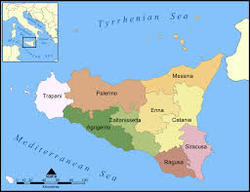 Feudo Principi di Butera’s 320-hectare estate is owned by the Zonin family. It is located in the province of Caltanissetta and extends into the ancient lands of Feudo Deliella. To quote Gianni Zonin, “I am proud that our Sicilian estate is a bastion of quality and the rural way of life, an oasis of the traditions which we want to defend”. http://www.feudobutera.it Nero d’Avola is one of the oldest indigenous grapes of Sicily. It is considered the most important Sicilian red and the most widely planted red variety on the island. The Villa Pozzi 2016 Nero d’Avola DOC is made with 100% Nero d’Avola grapes. The color is deep ruby with aromas of black raspberry, cherry, red plum and spice. This is a full-bodied wine with intense flavors of dark berries, sour cherry, fennel and hints of cocoa and sour cherry lingering on the finish. The wine is fruit forward with soft tannins and is beautifully balanced. Serve with meats, stews and lighter fare as well! Alcohol: 13% Price range: $10 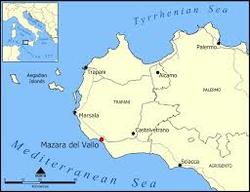 Villa Pozzi vineyards are located in the hills surrounding Marsala, Salemi and Mazzara del Vallo in northwestern Sicily. Daniele Pozzi, owner and the family’s fourth generation winemaker says, “When you open a bottle of Villa Pozzi, our hope is to transport you to a cozy Italian villa nestled in a small Sicilian town far away from the busy everyday. It’s a leisurely escape from the world outside and a journey of taste that makes any day feel special.” https://www.villapozziwines.com As I continue to make my way around the vineyards of Sicily, the quality and passion that goes into winemaking is evident in every glass of wine I taste. I’m looking forward to more “tastes of the vine from Sicily”.
Cheers! Penina To leave a comment or if you have an inquiry, please contact me at [email protected] |
Categories
All
|
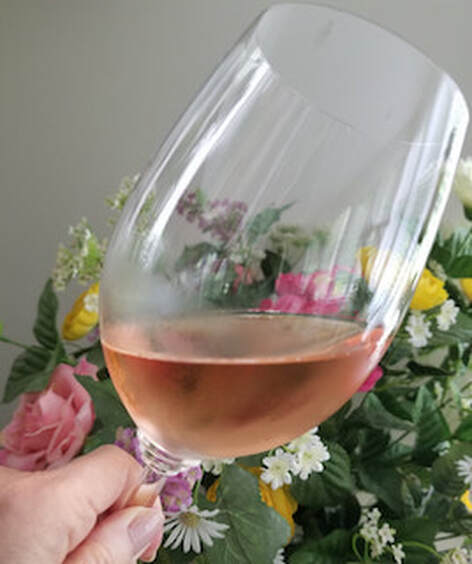
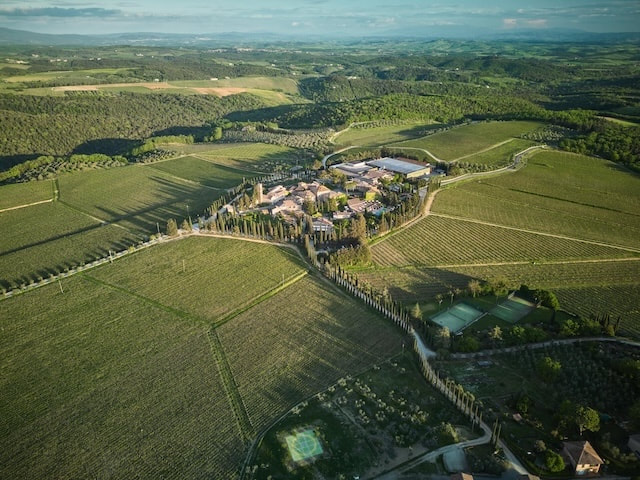
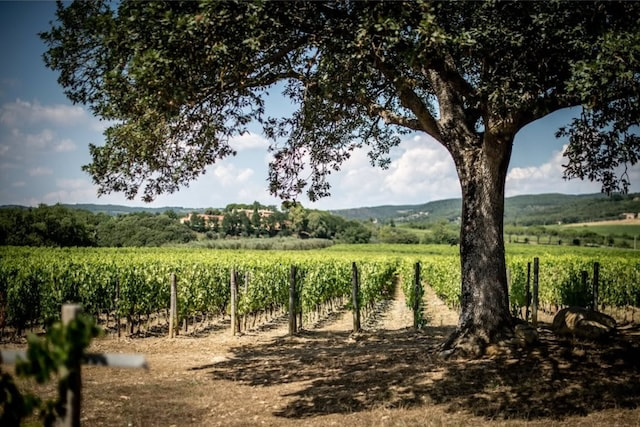

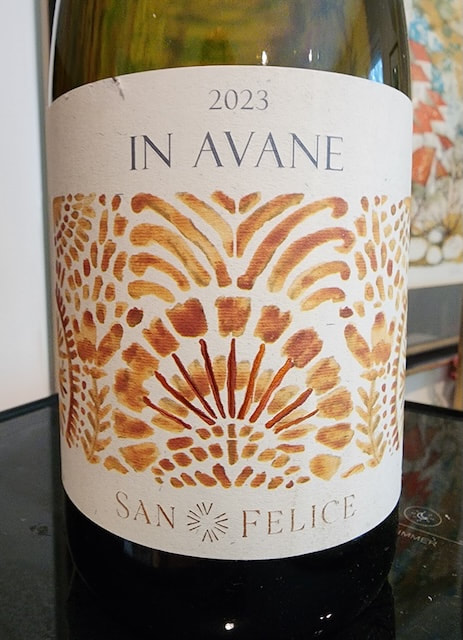
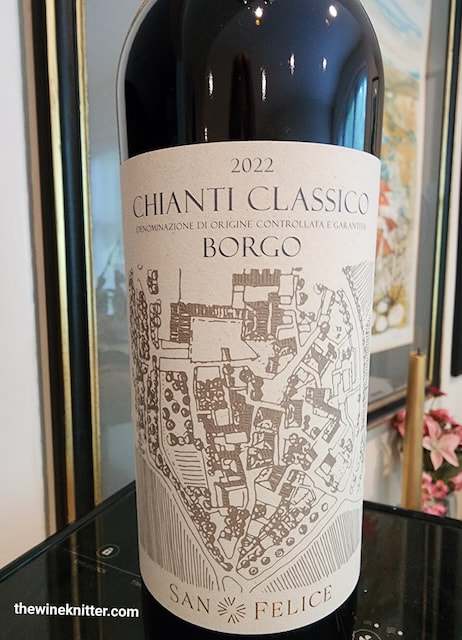
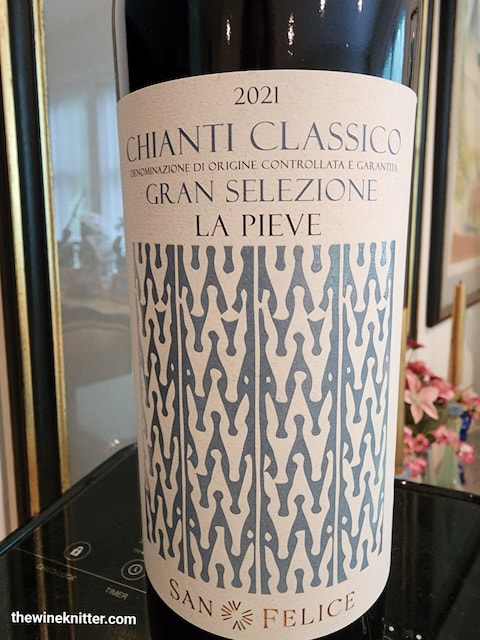
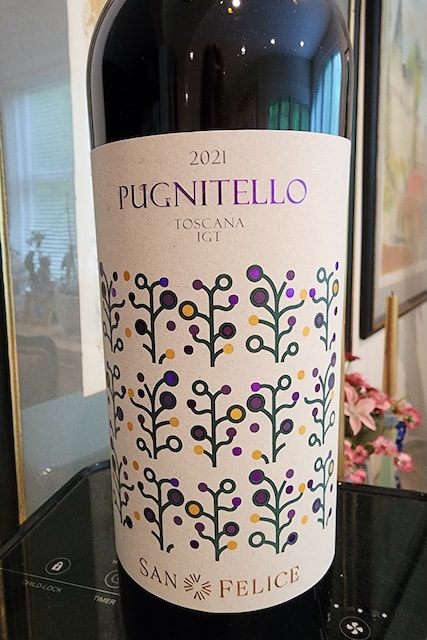
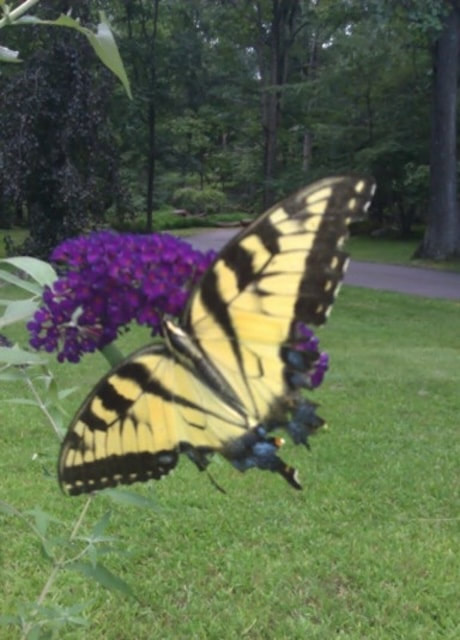
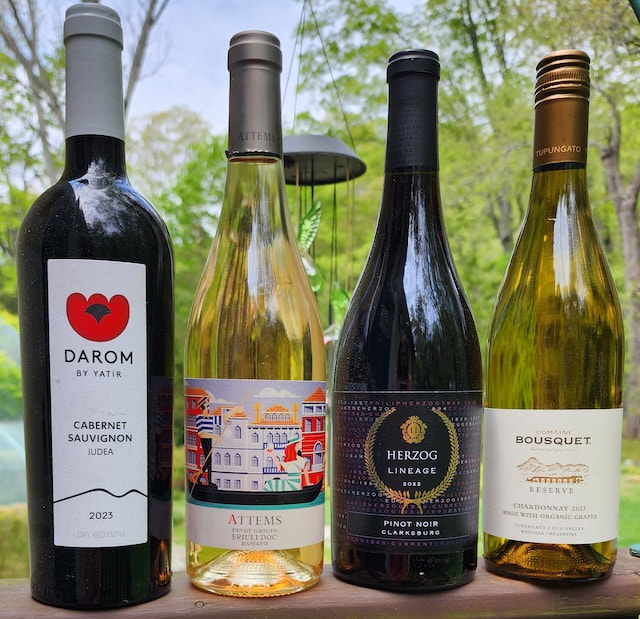
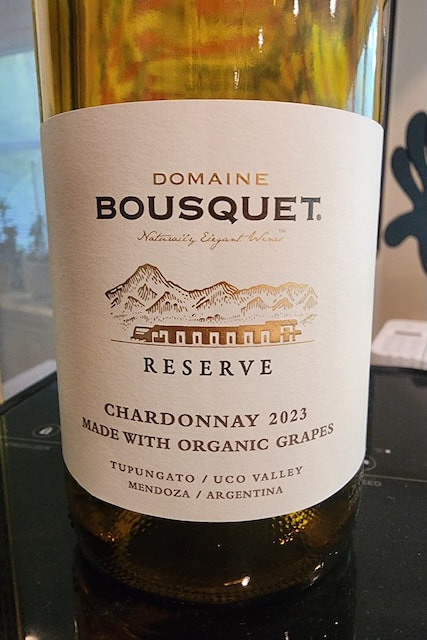
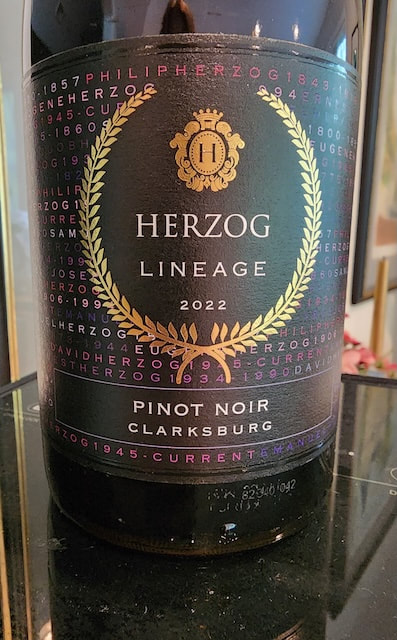
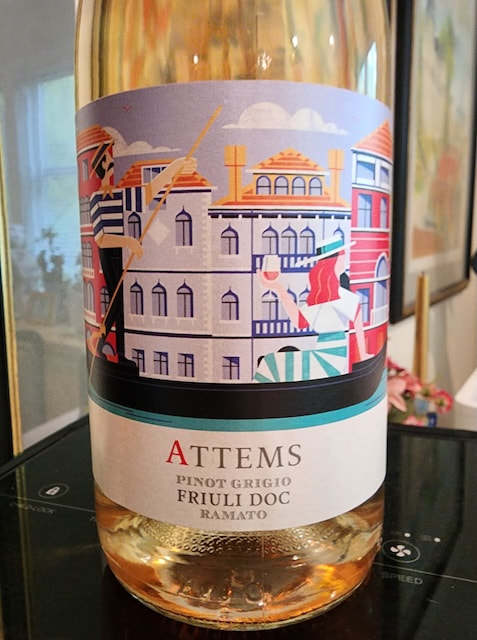
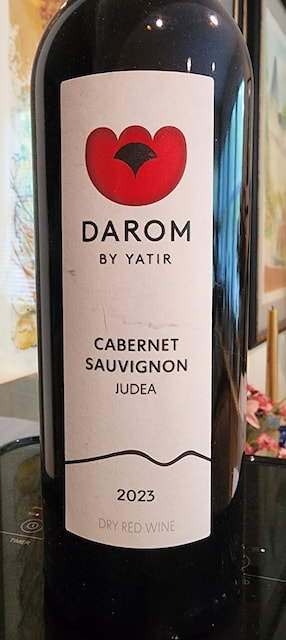
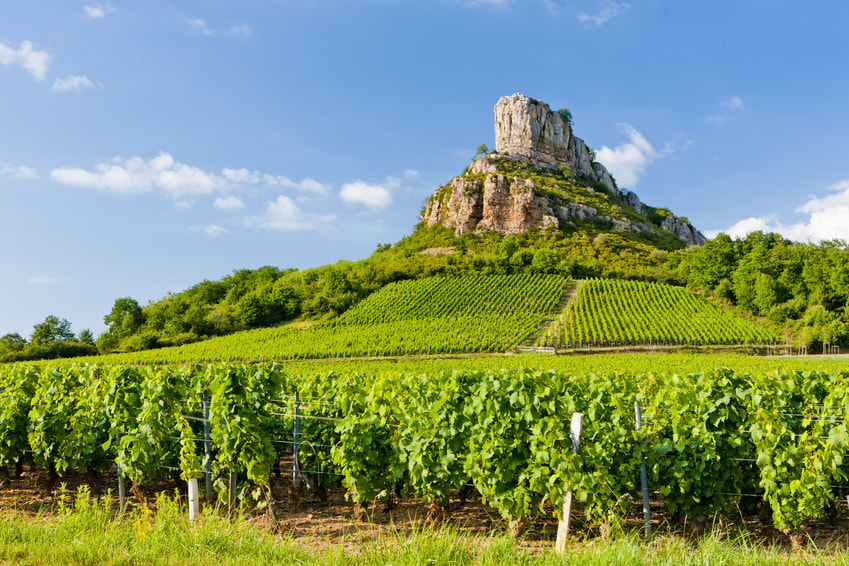
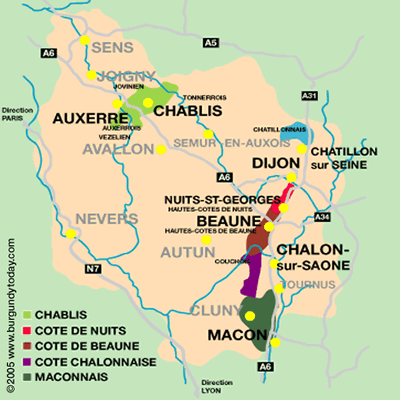
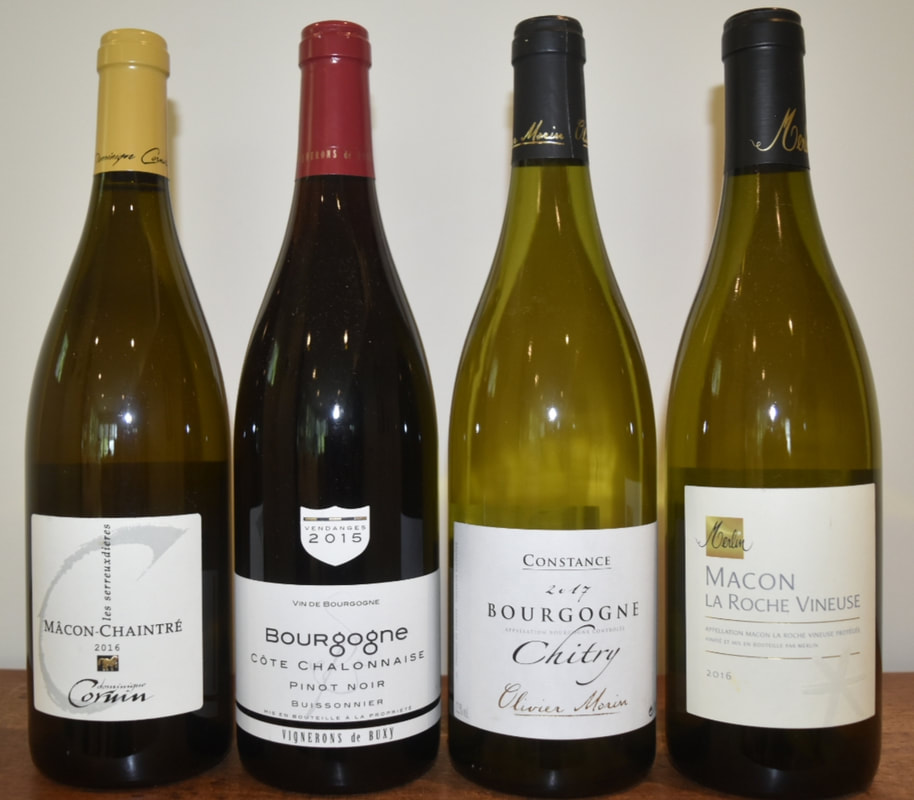
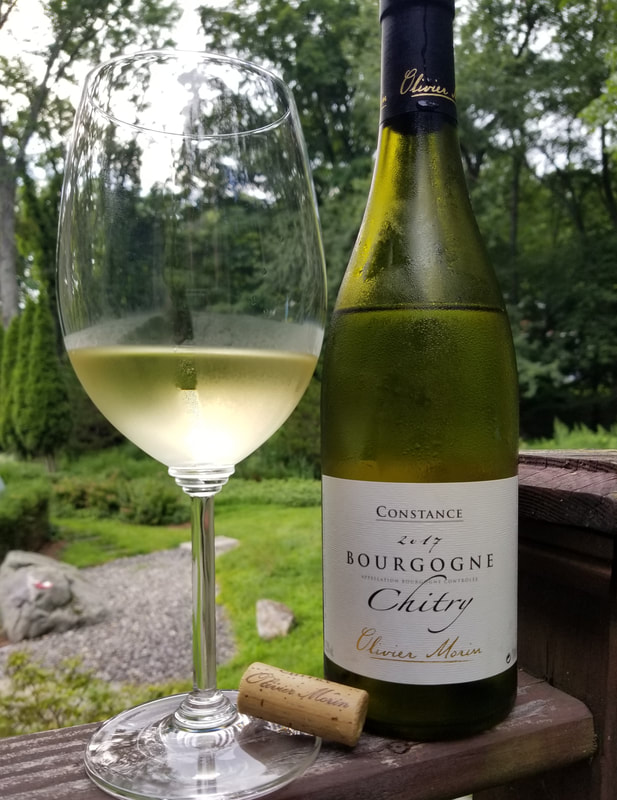
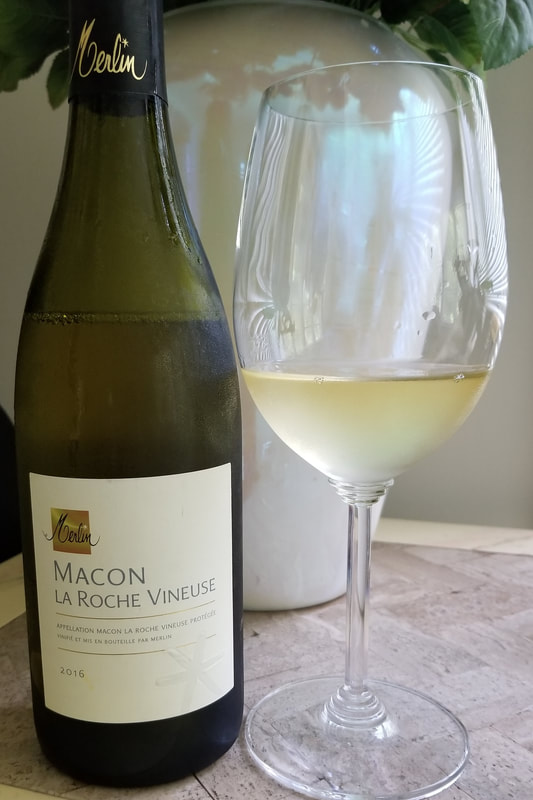
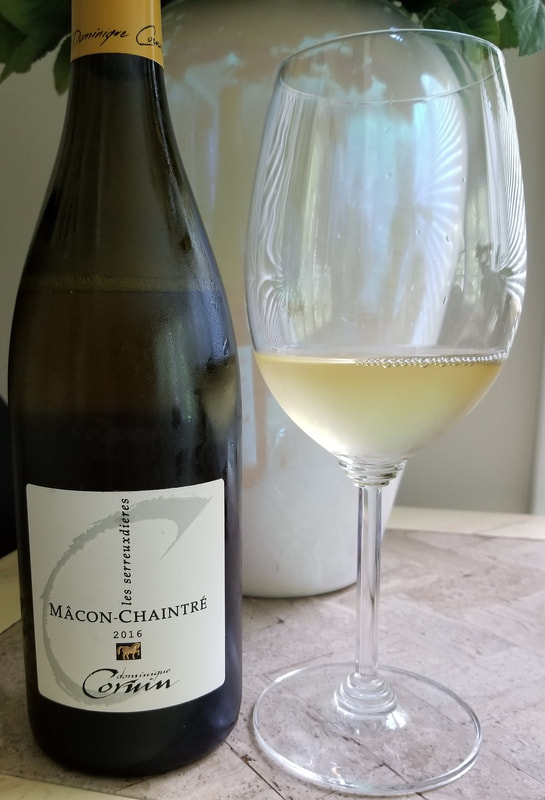
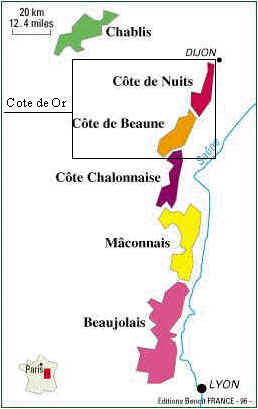
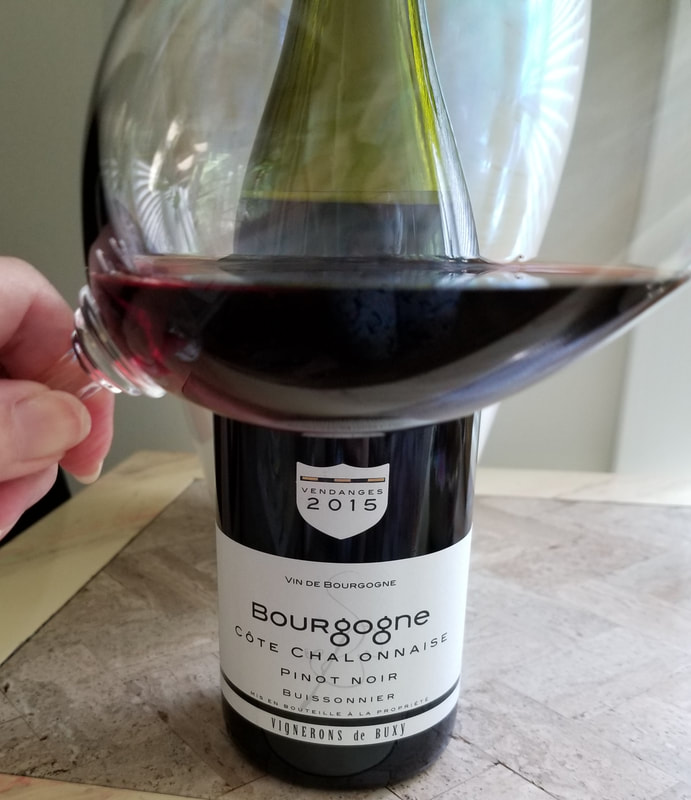
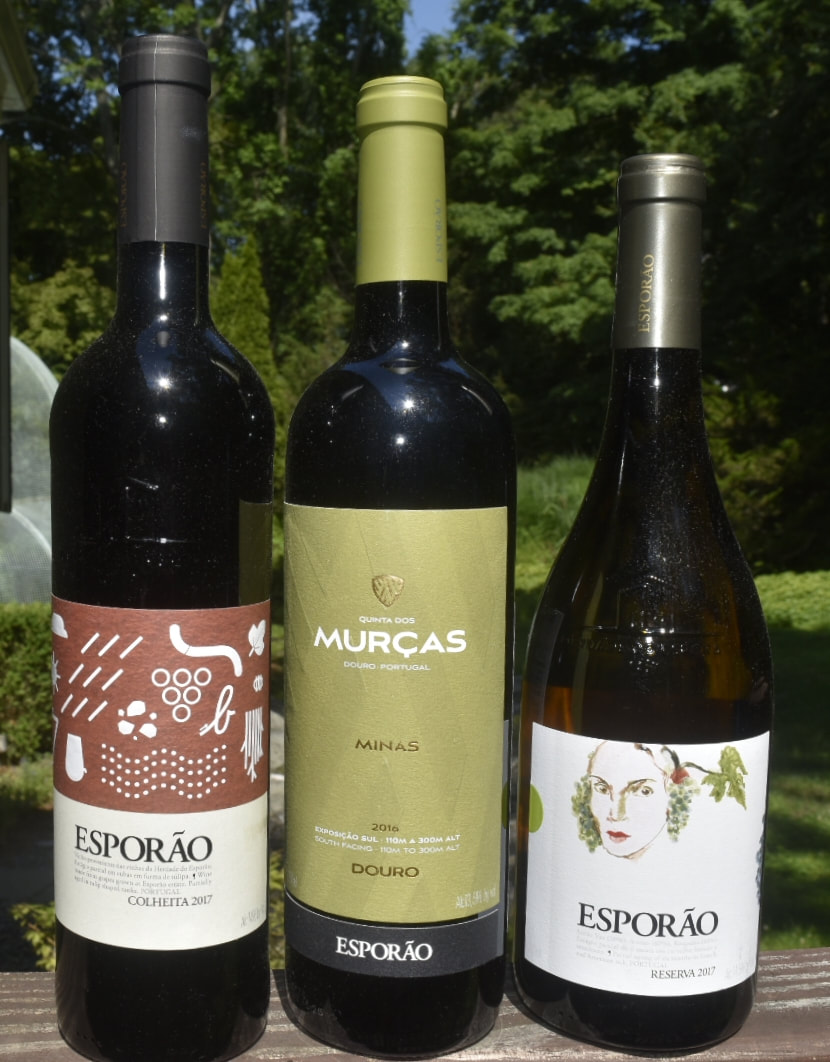
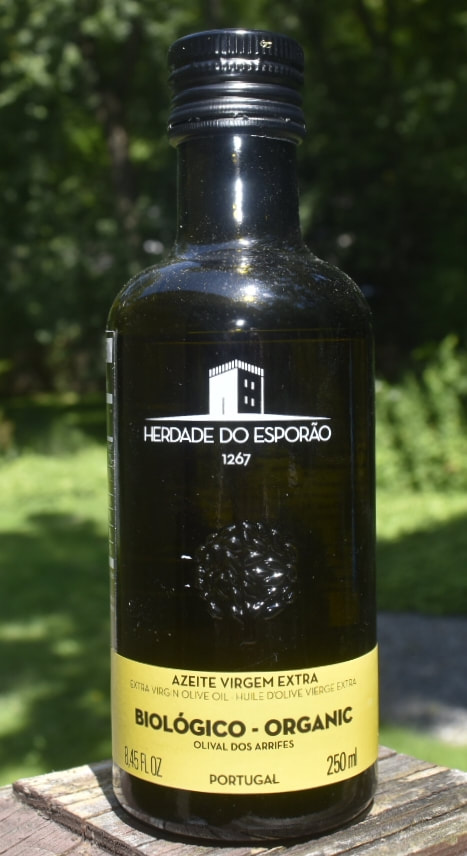

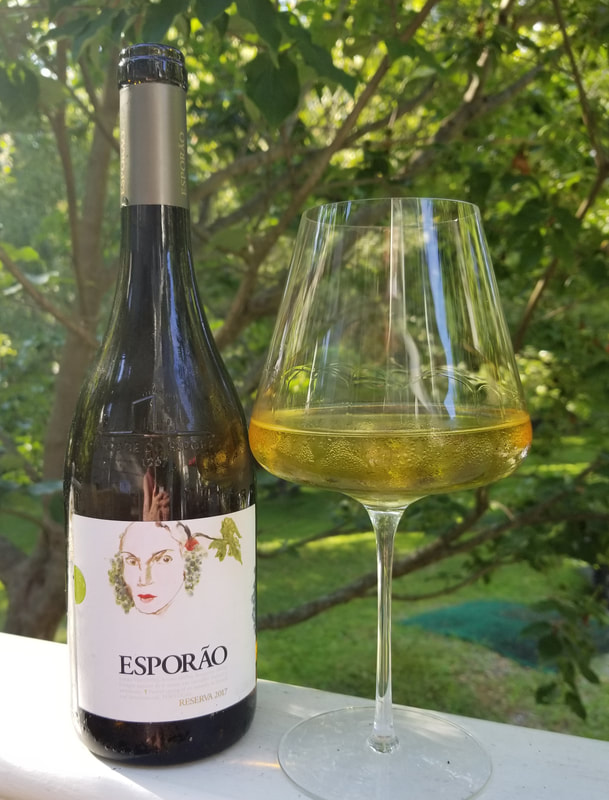
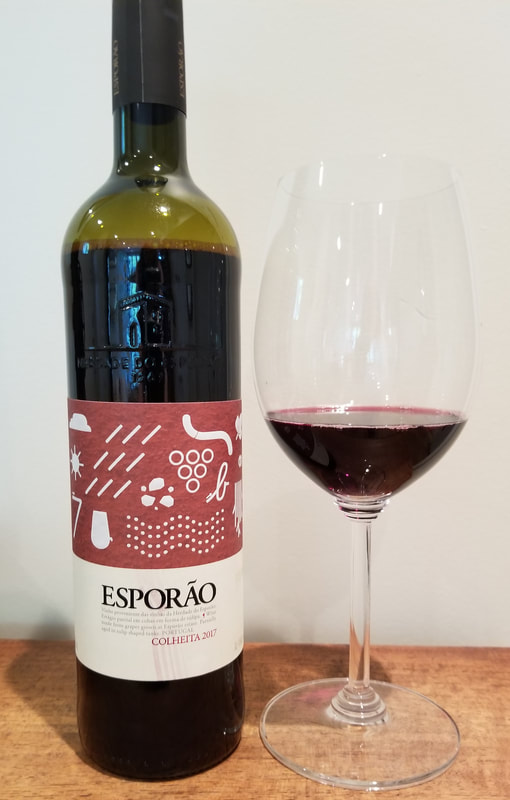
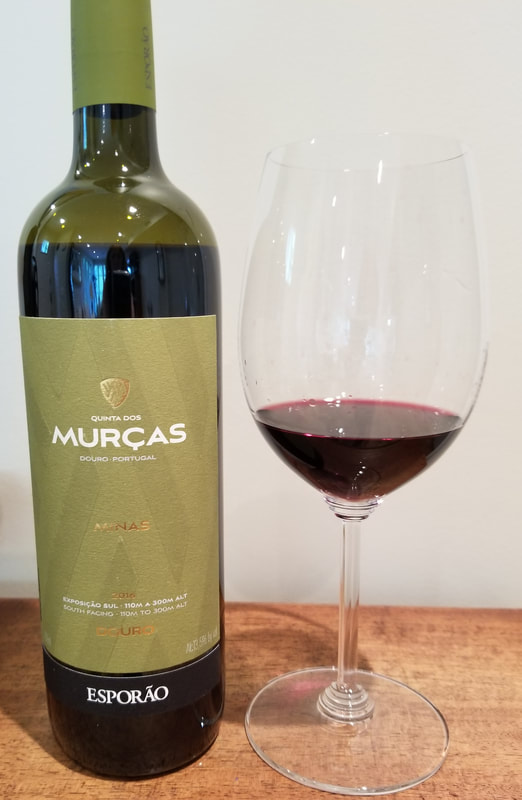
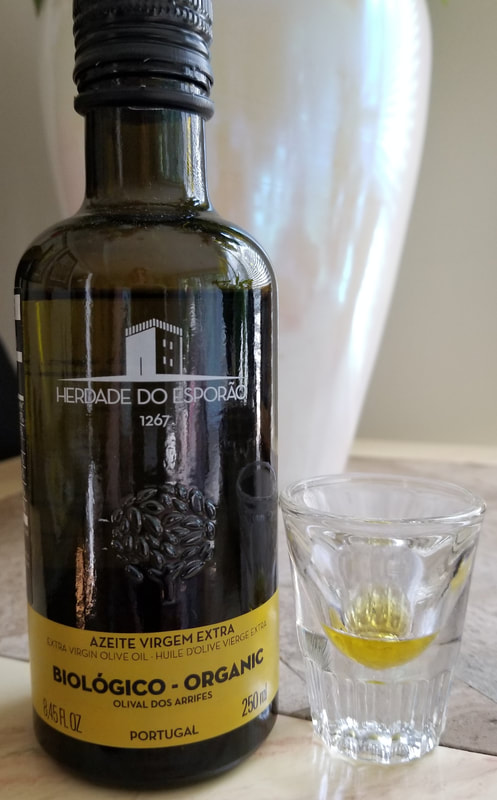
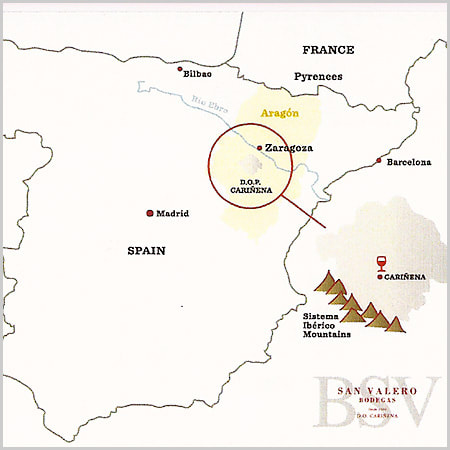
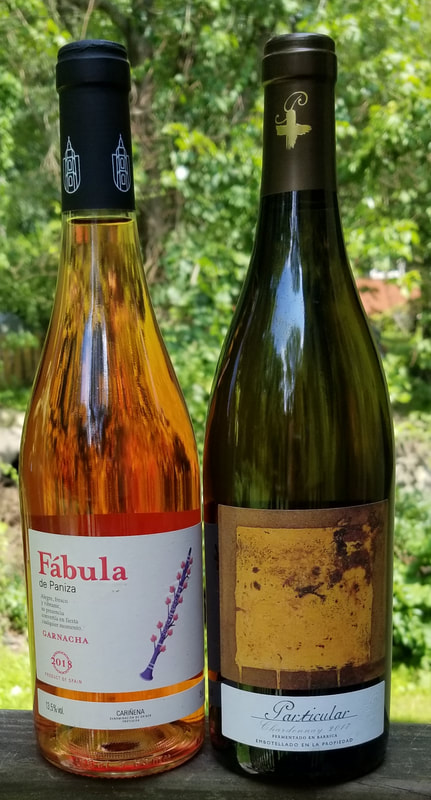
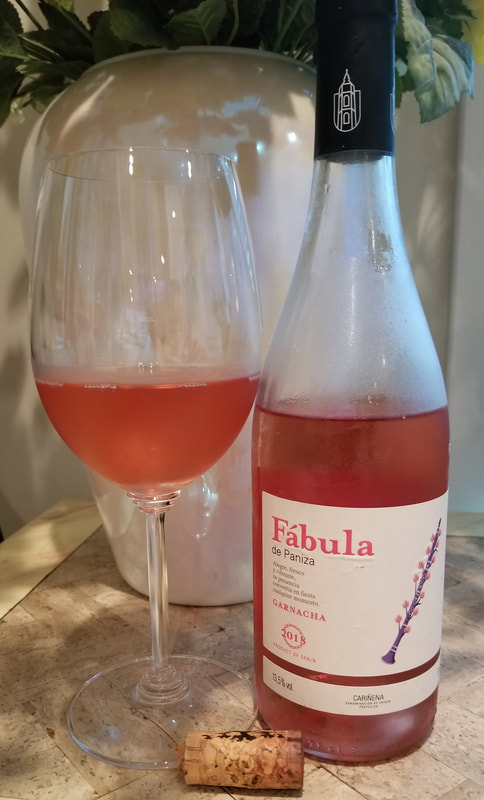
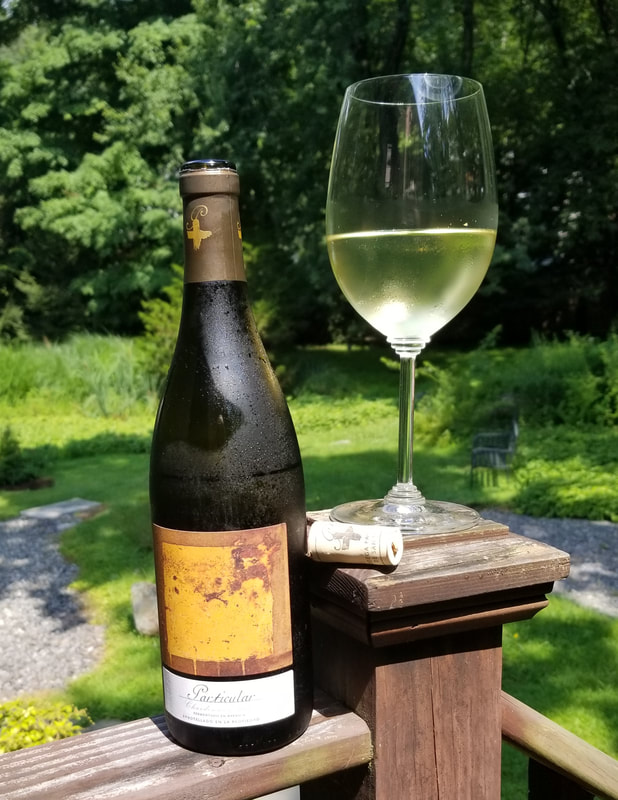
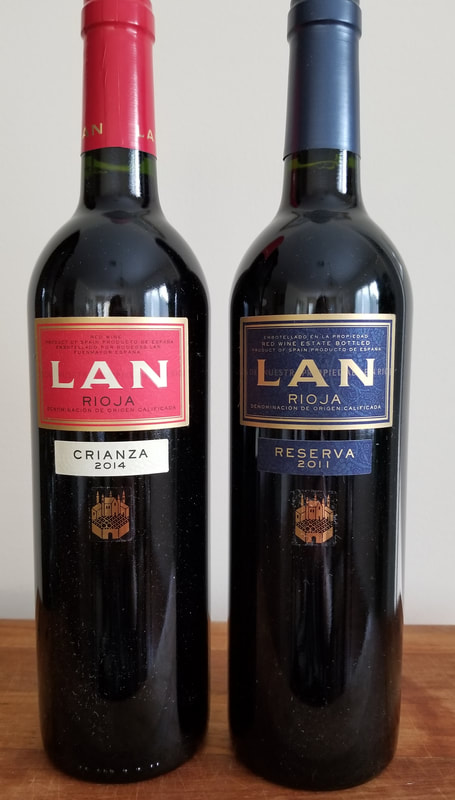
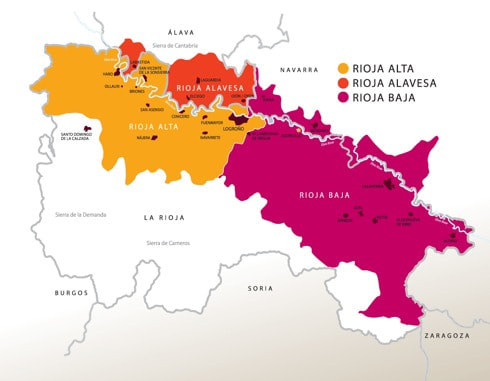

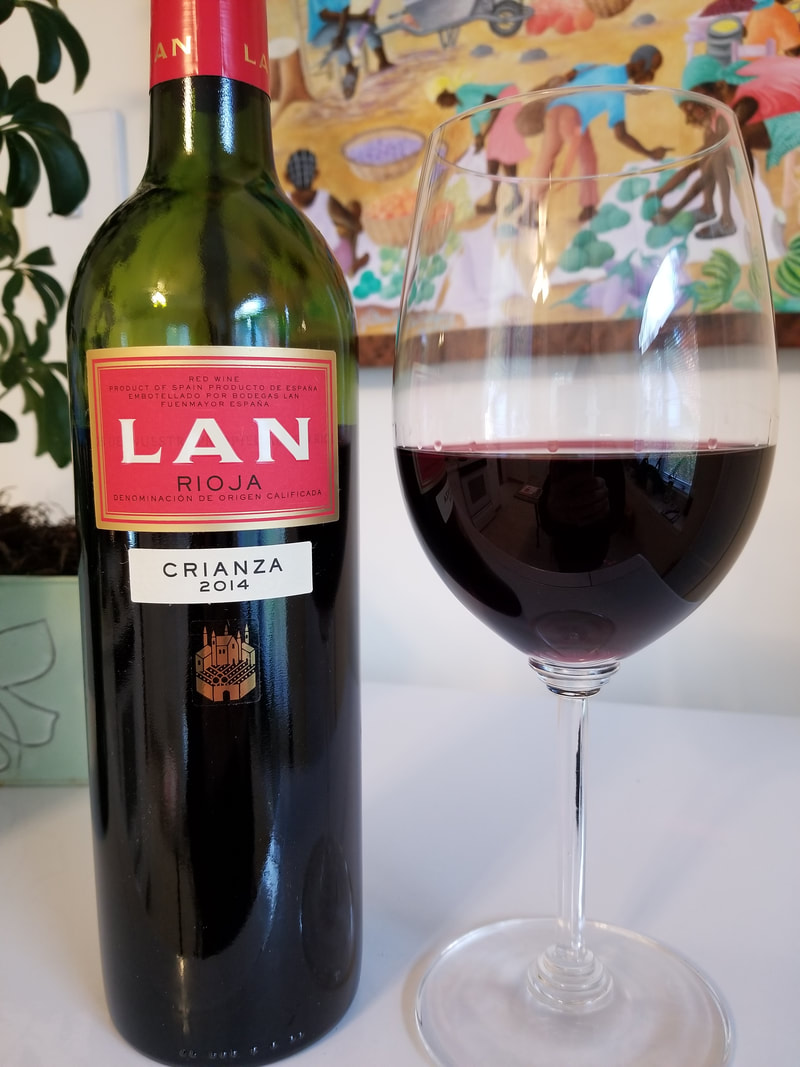
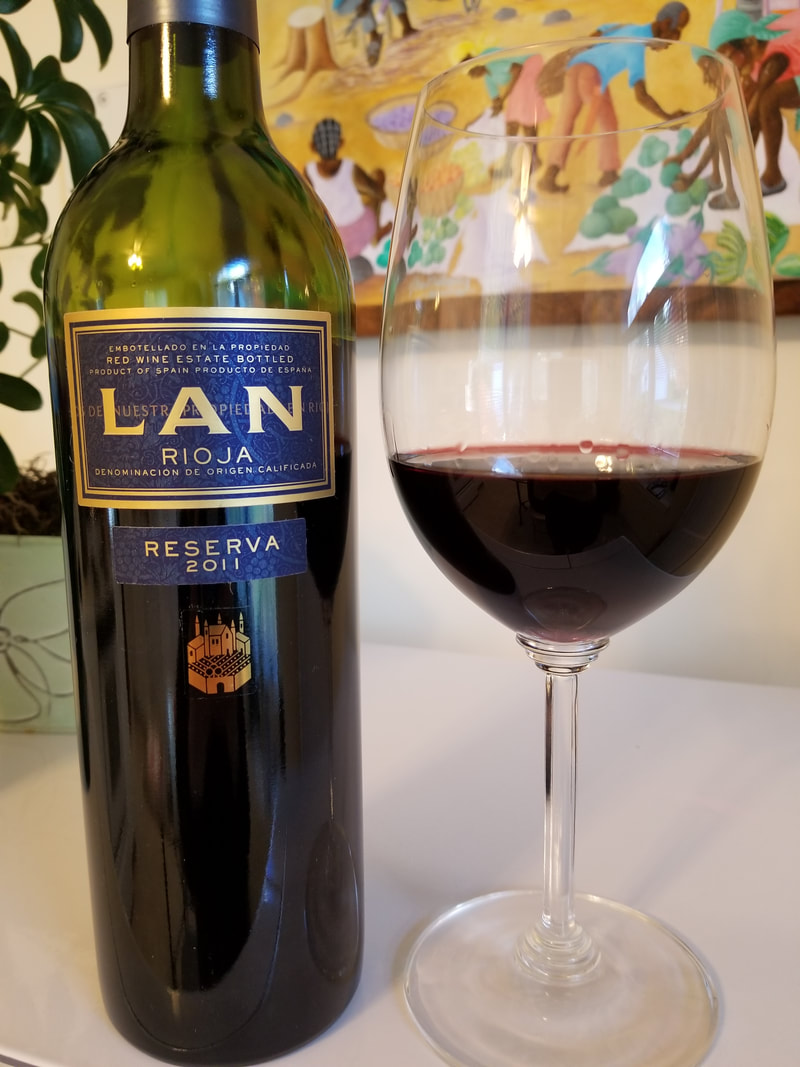
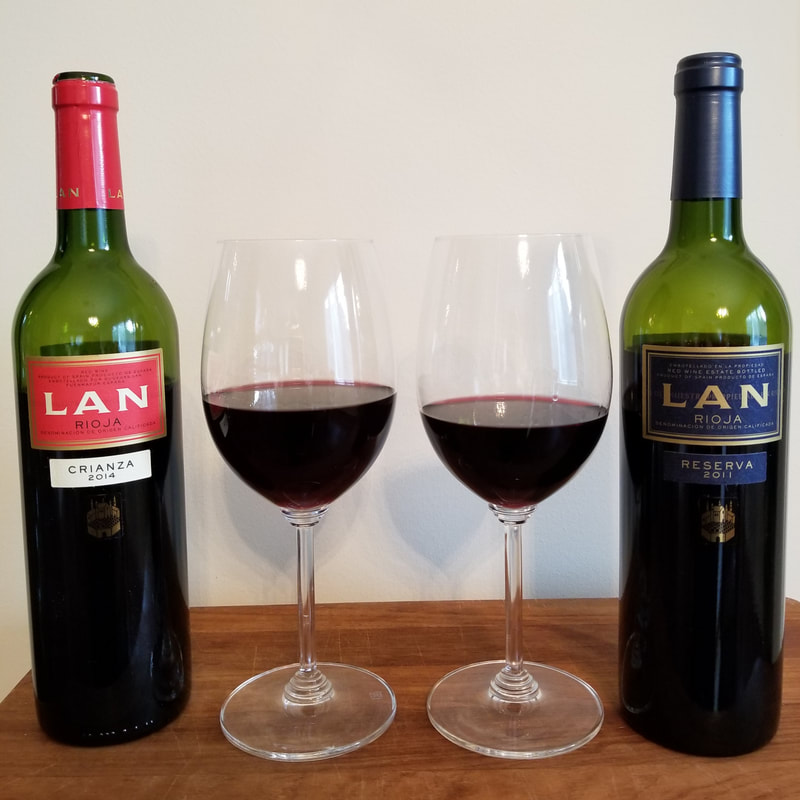
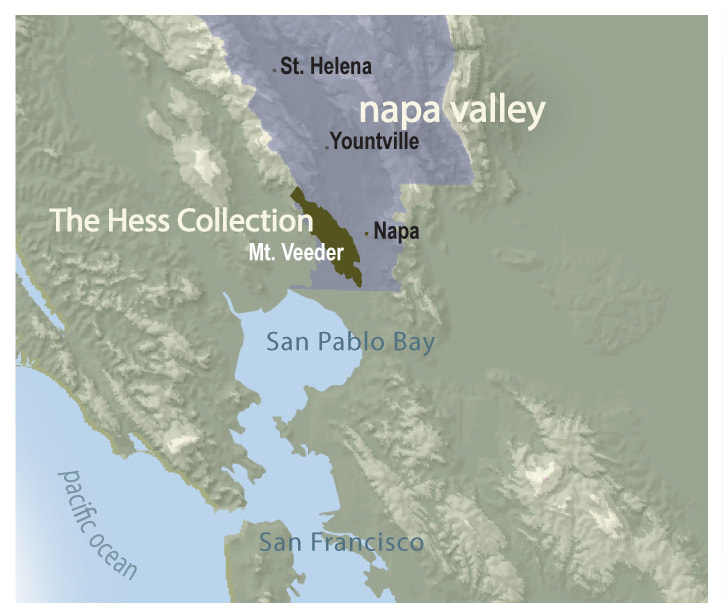
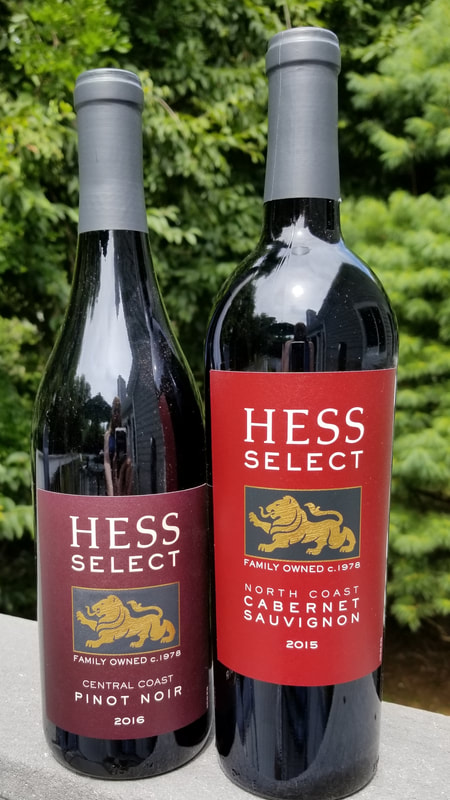
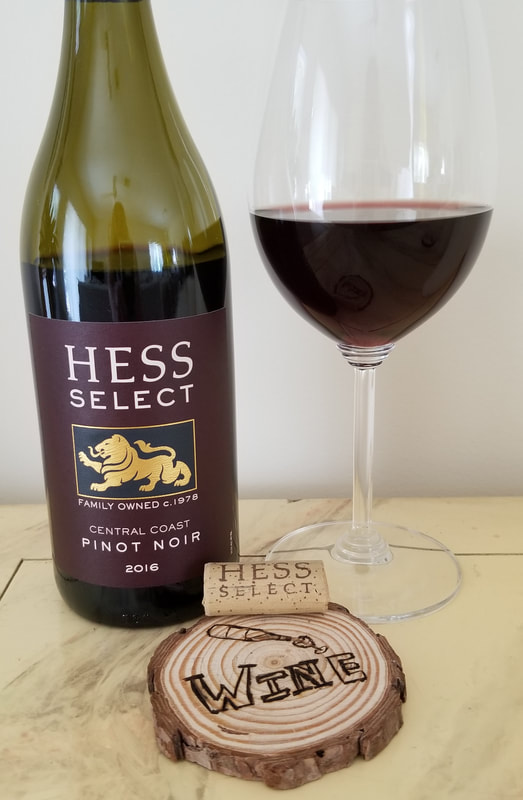
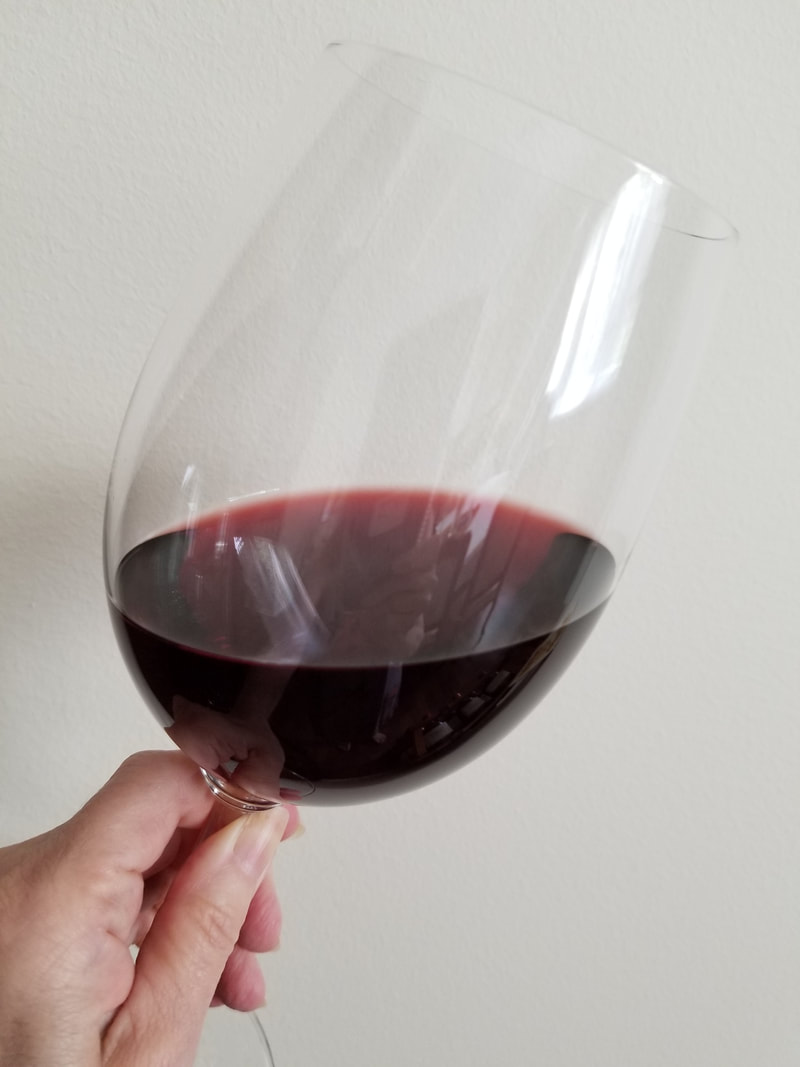
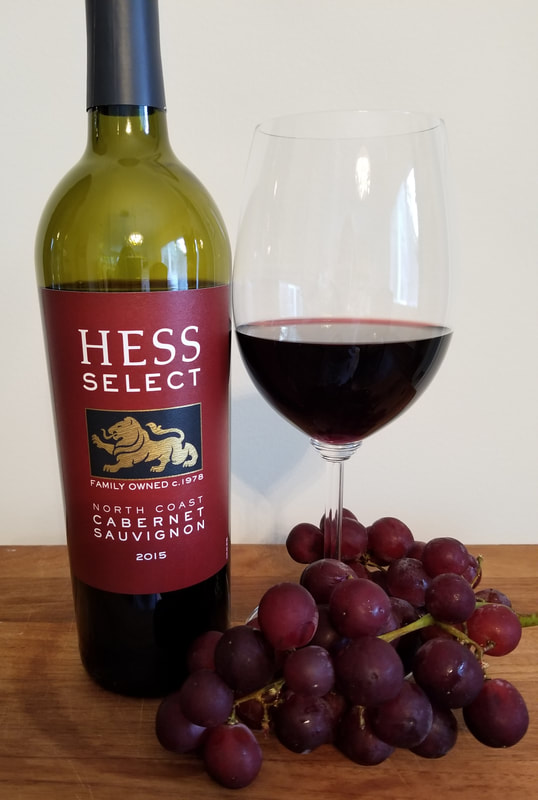
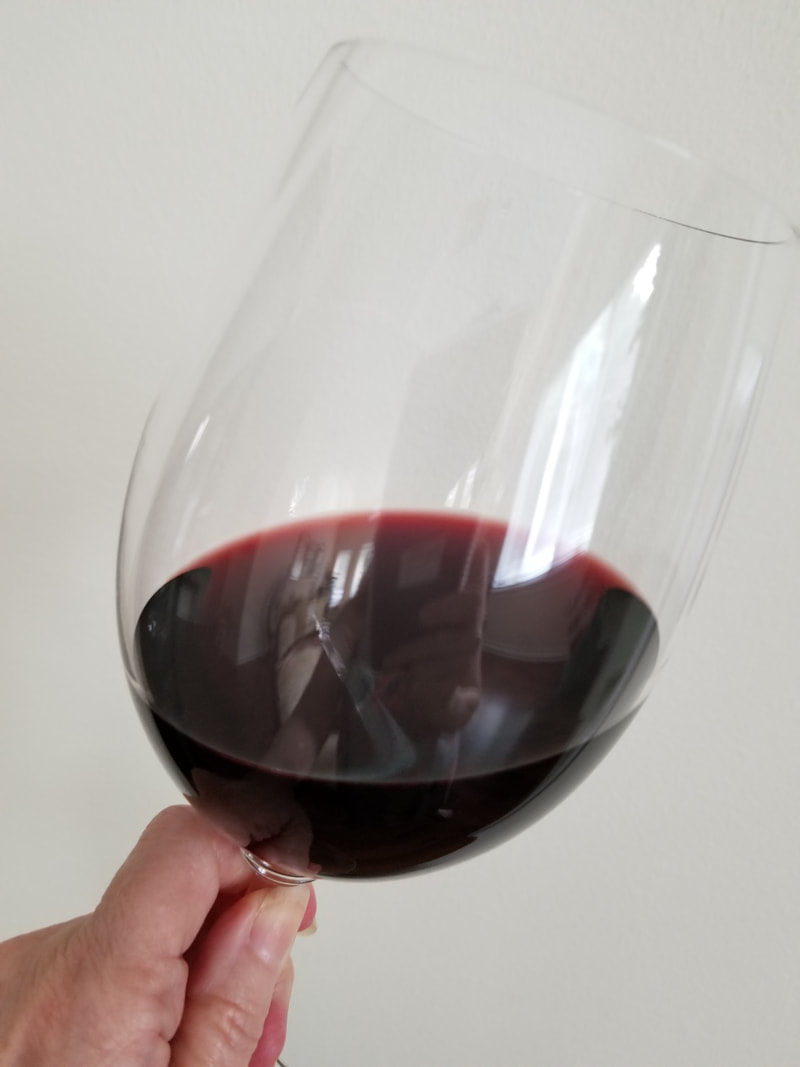
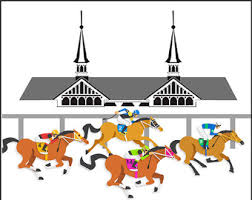
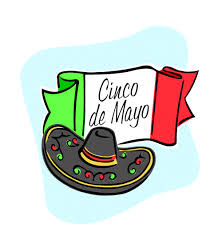
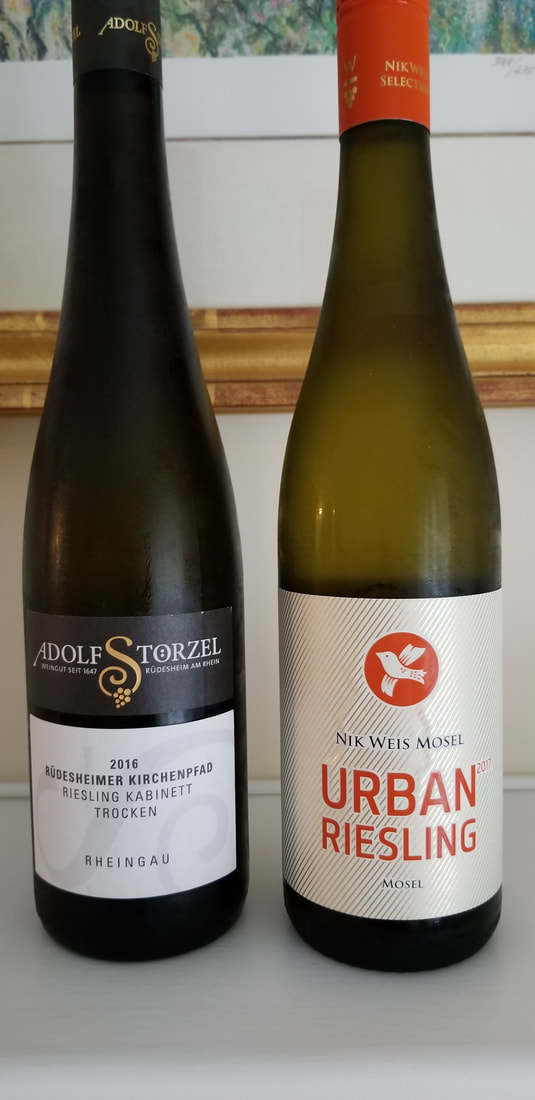
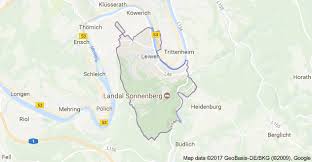
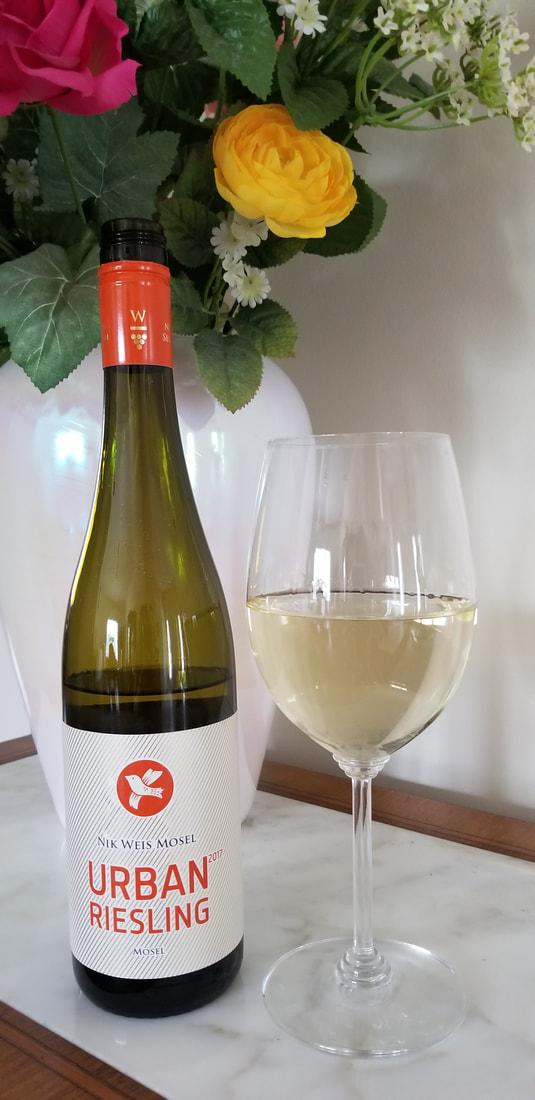
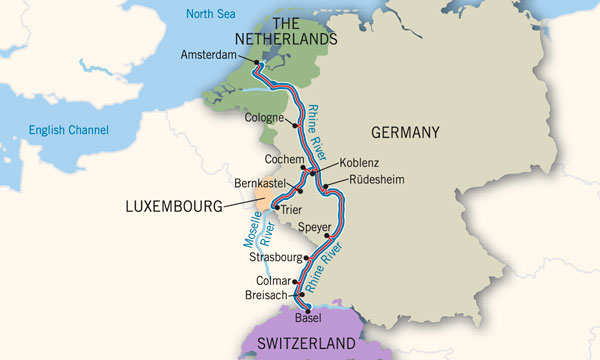
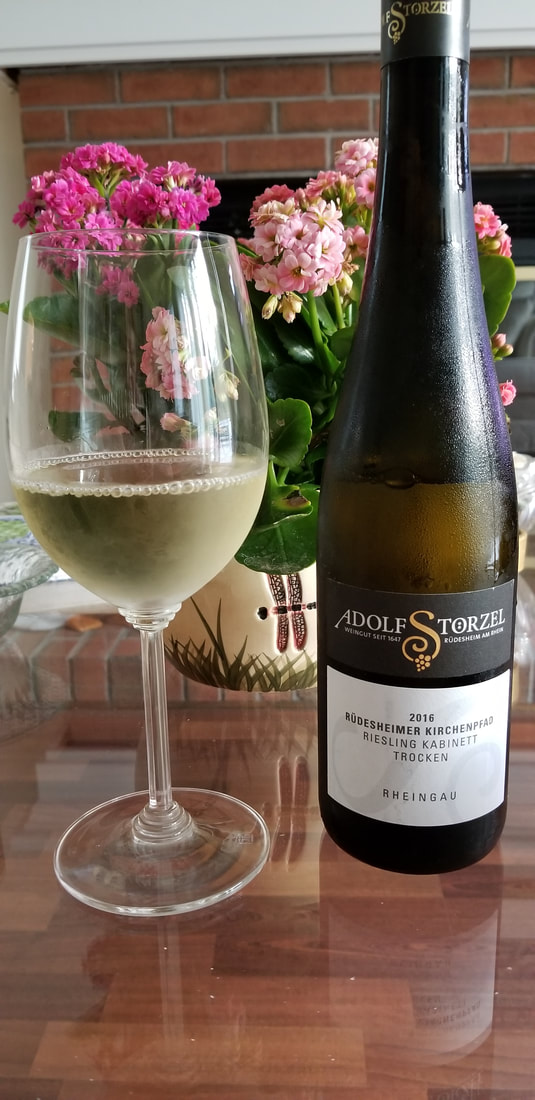

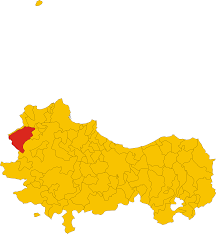

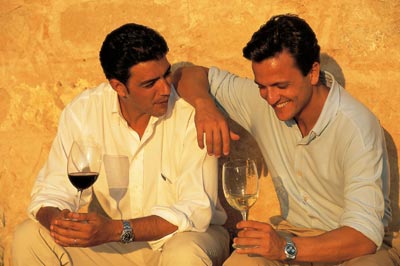

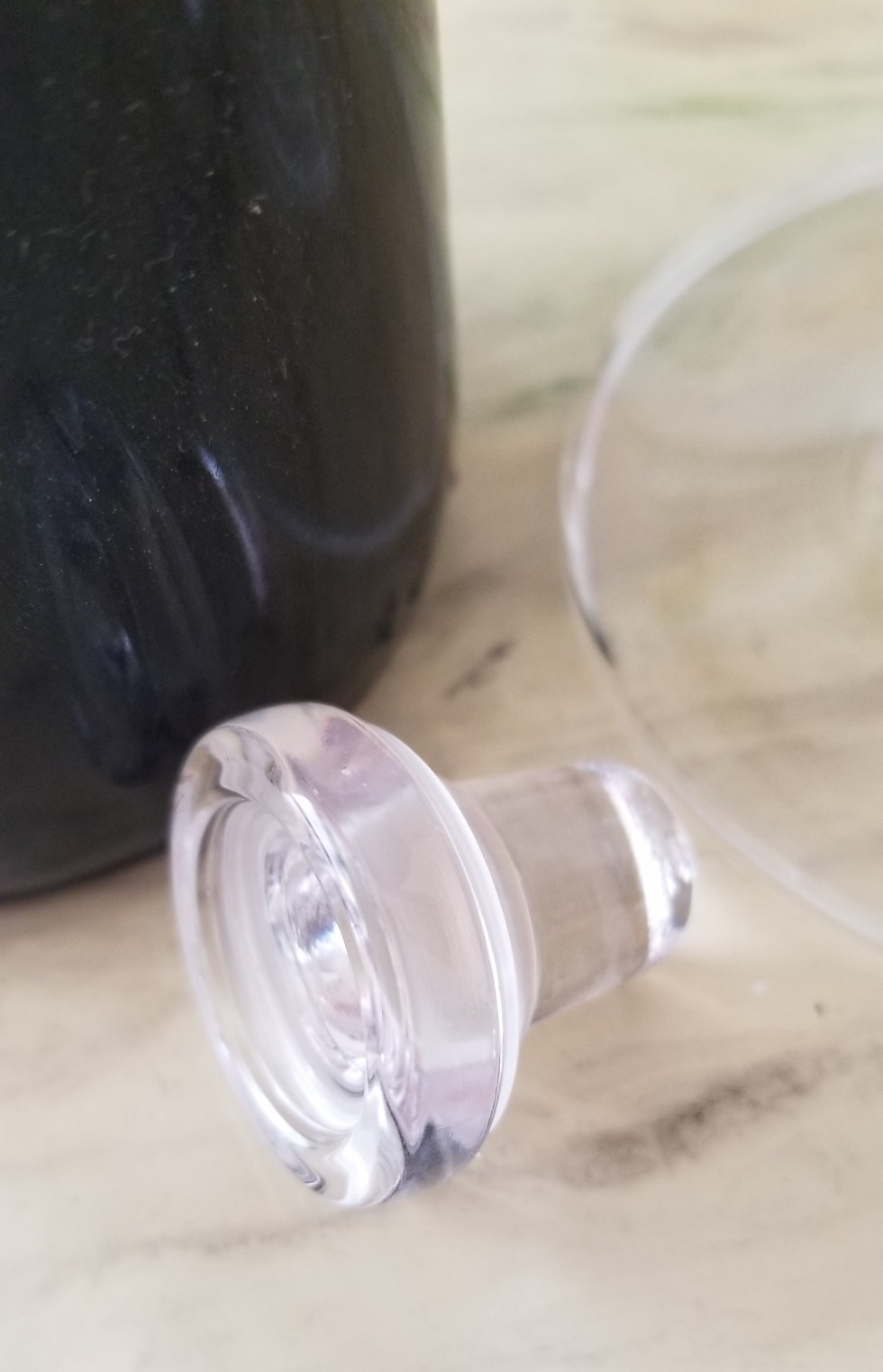
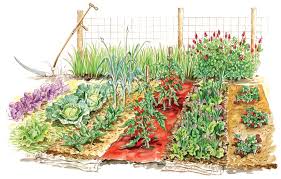

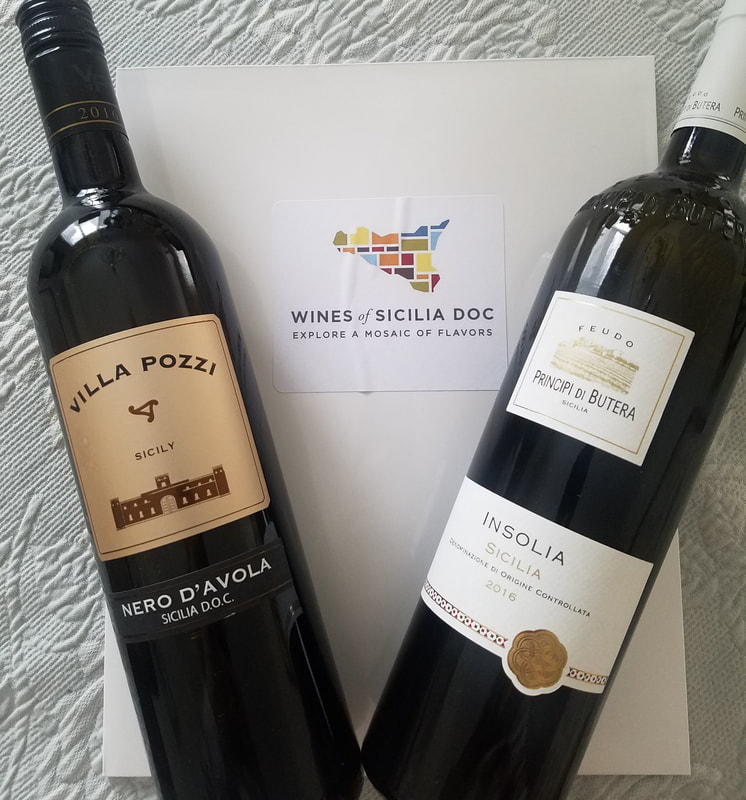
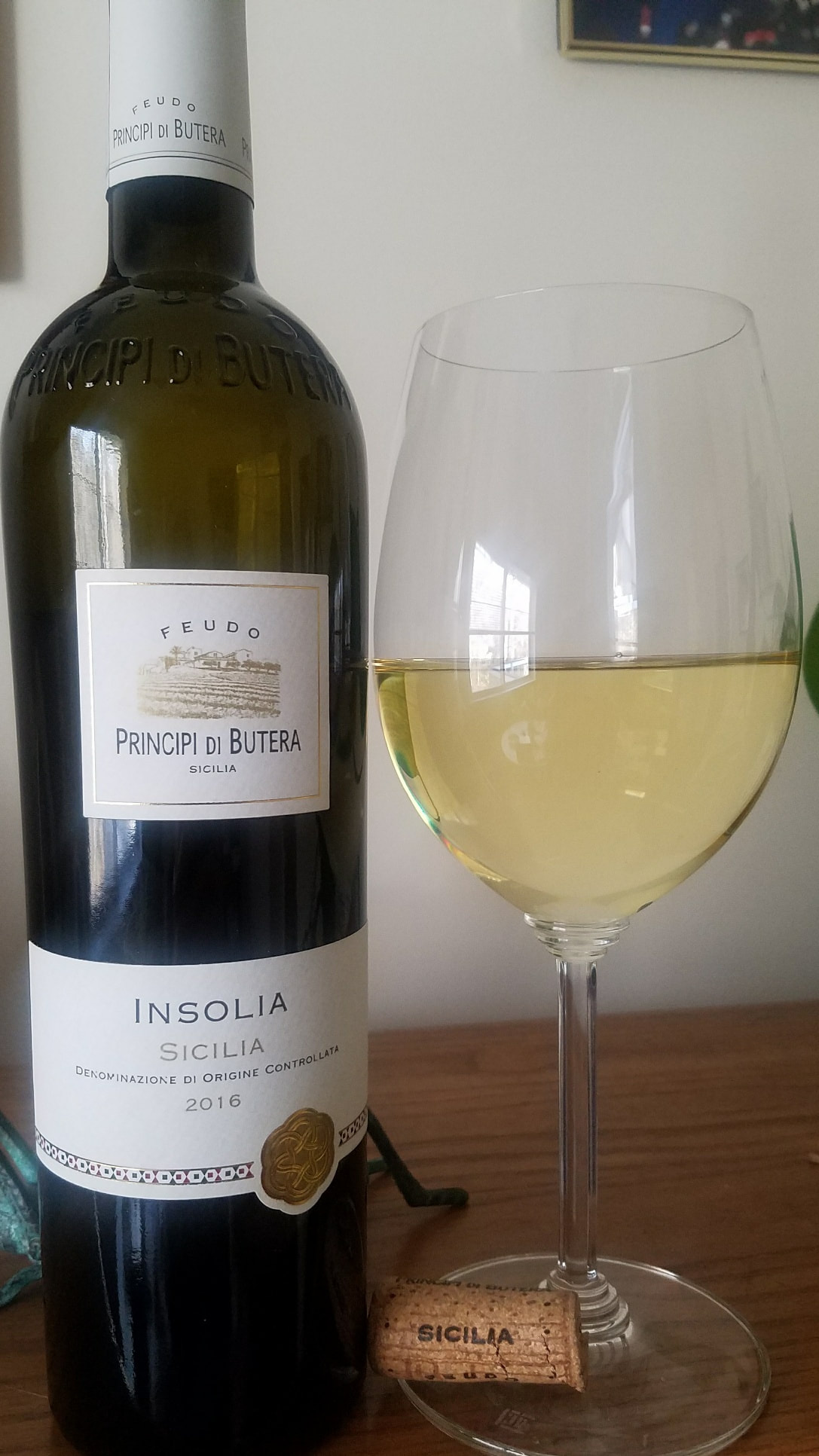
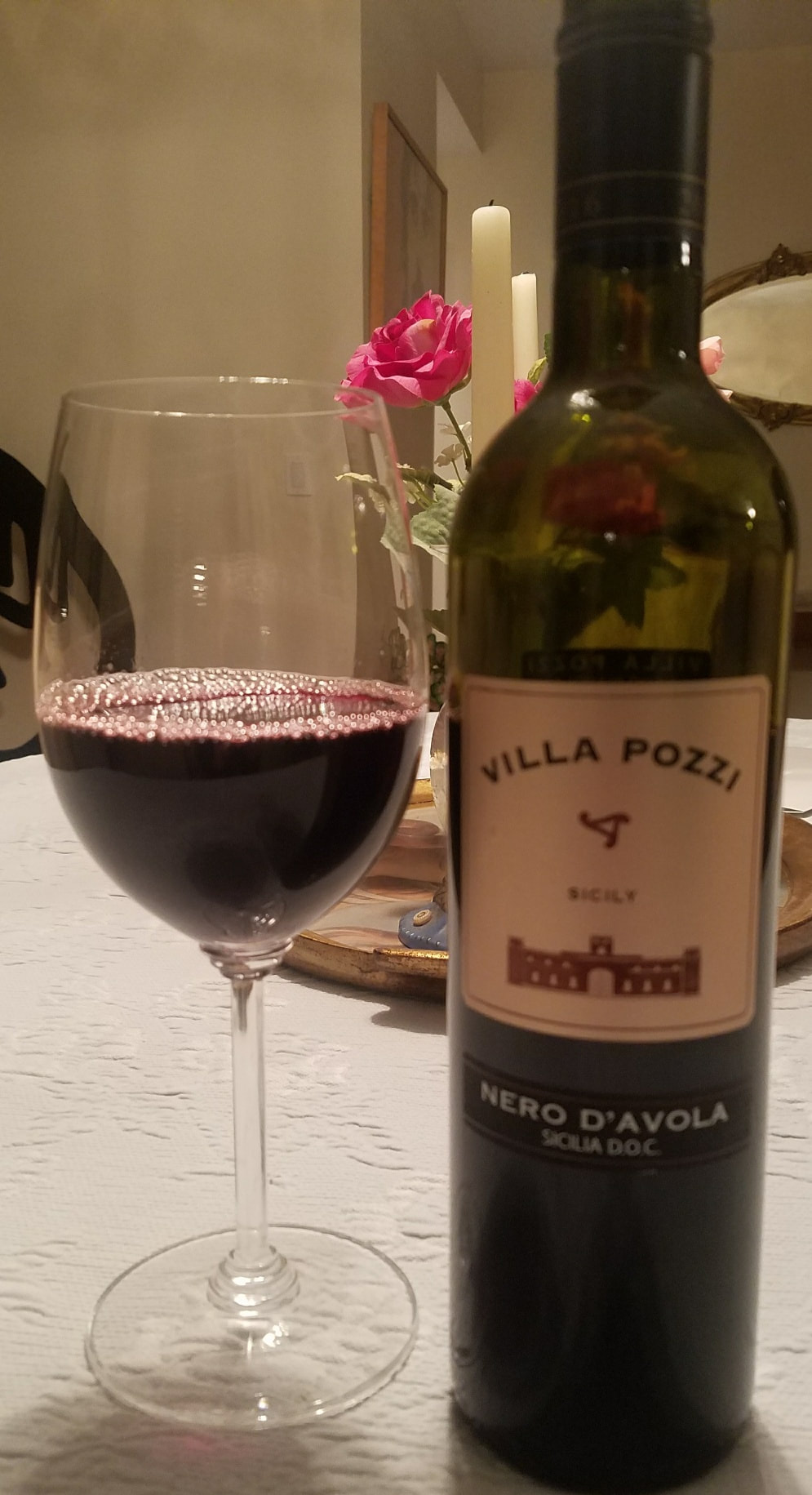
 RSS Feed
RSS Feed